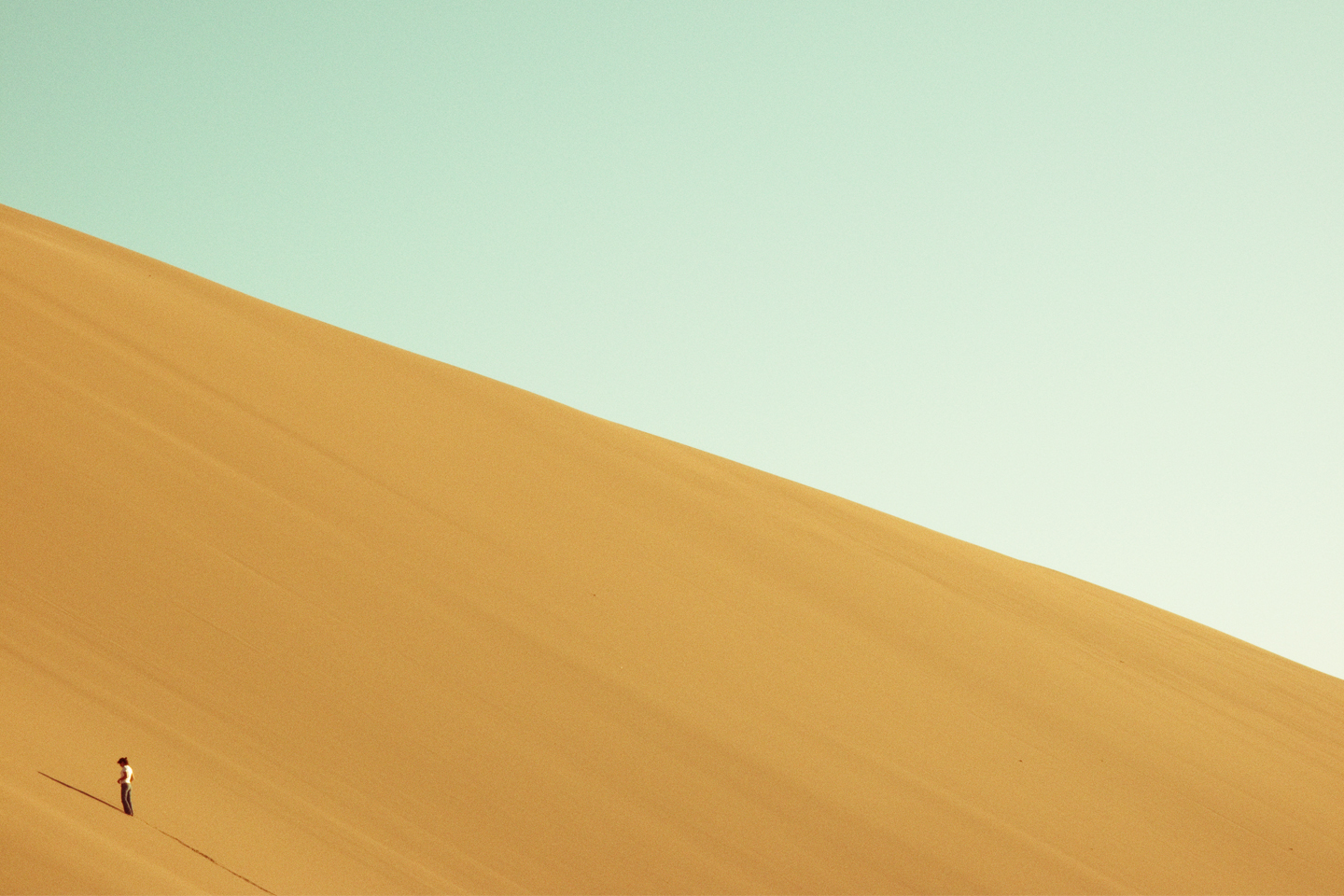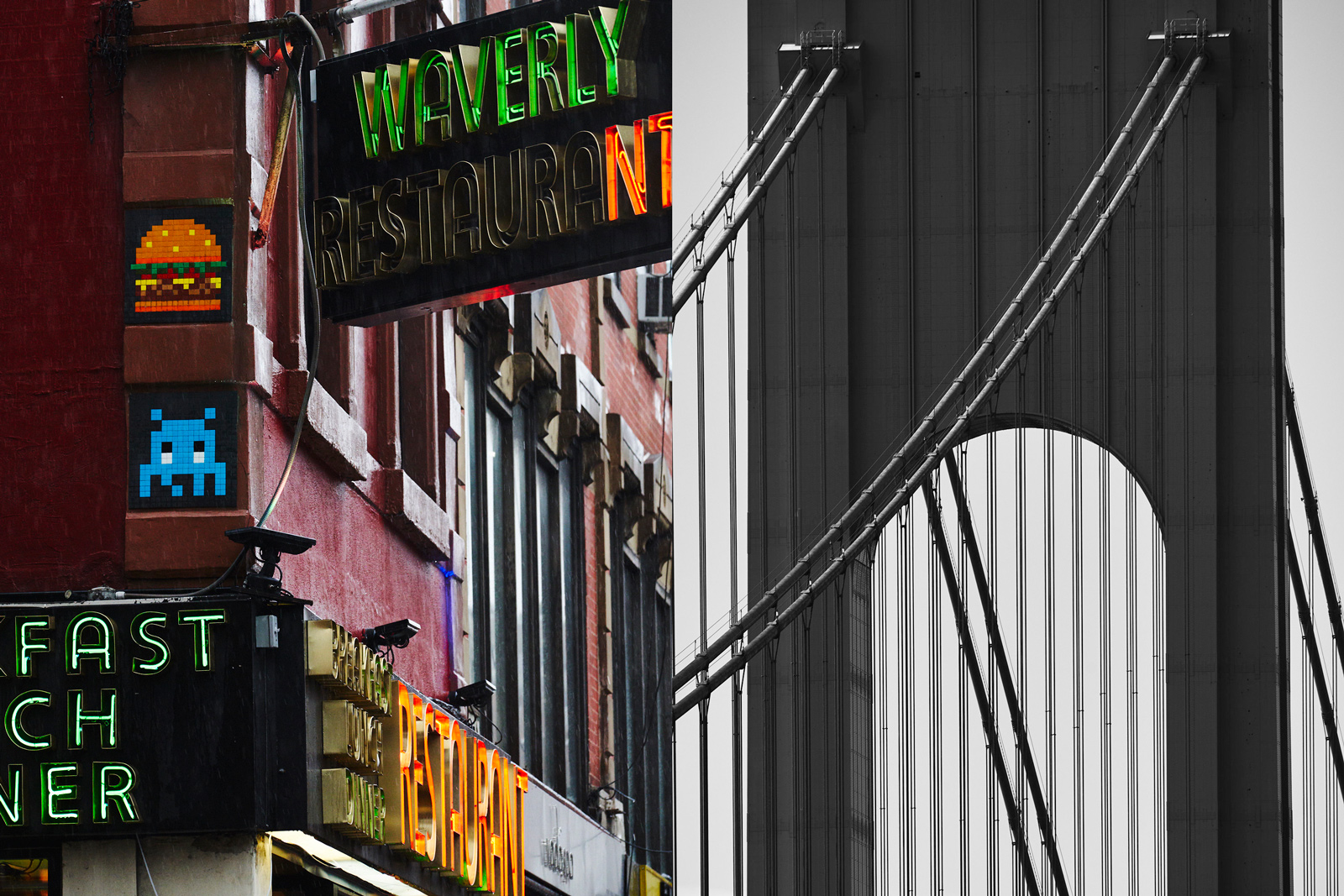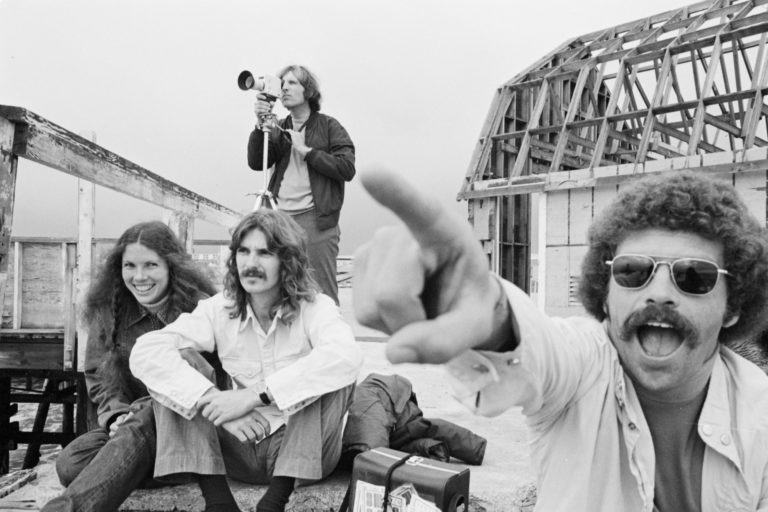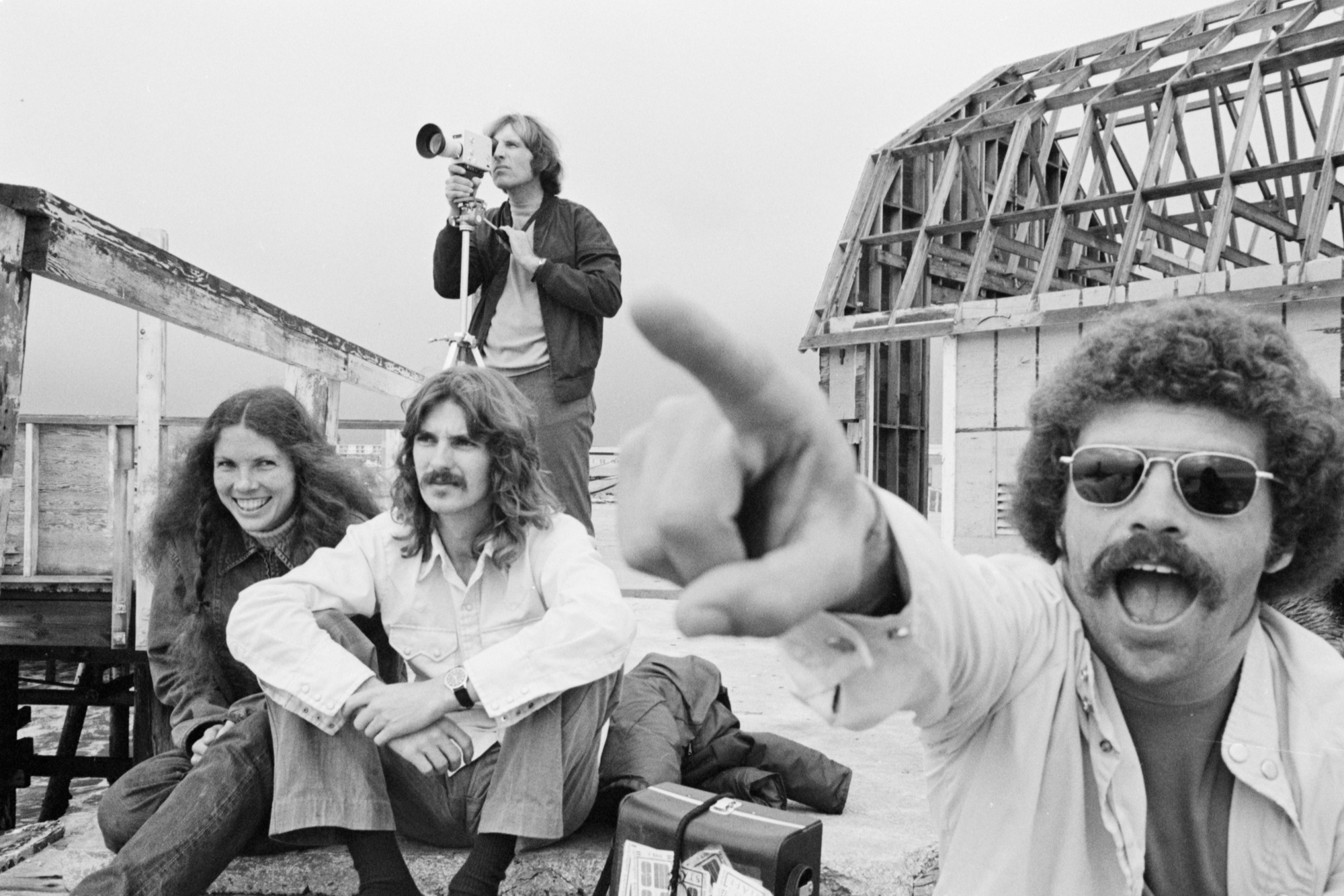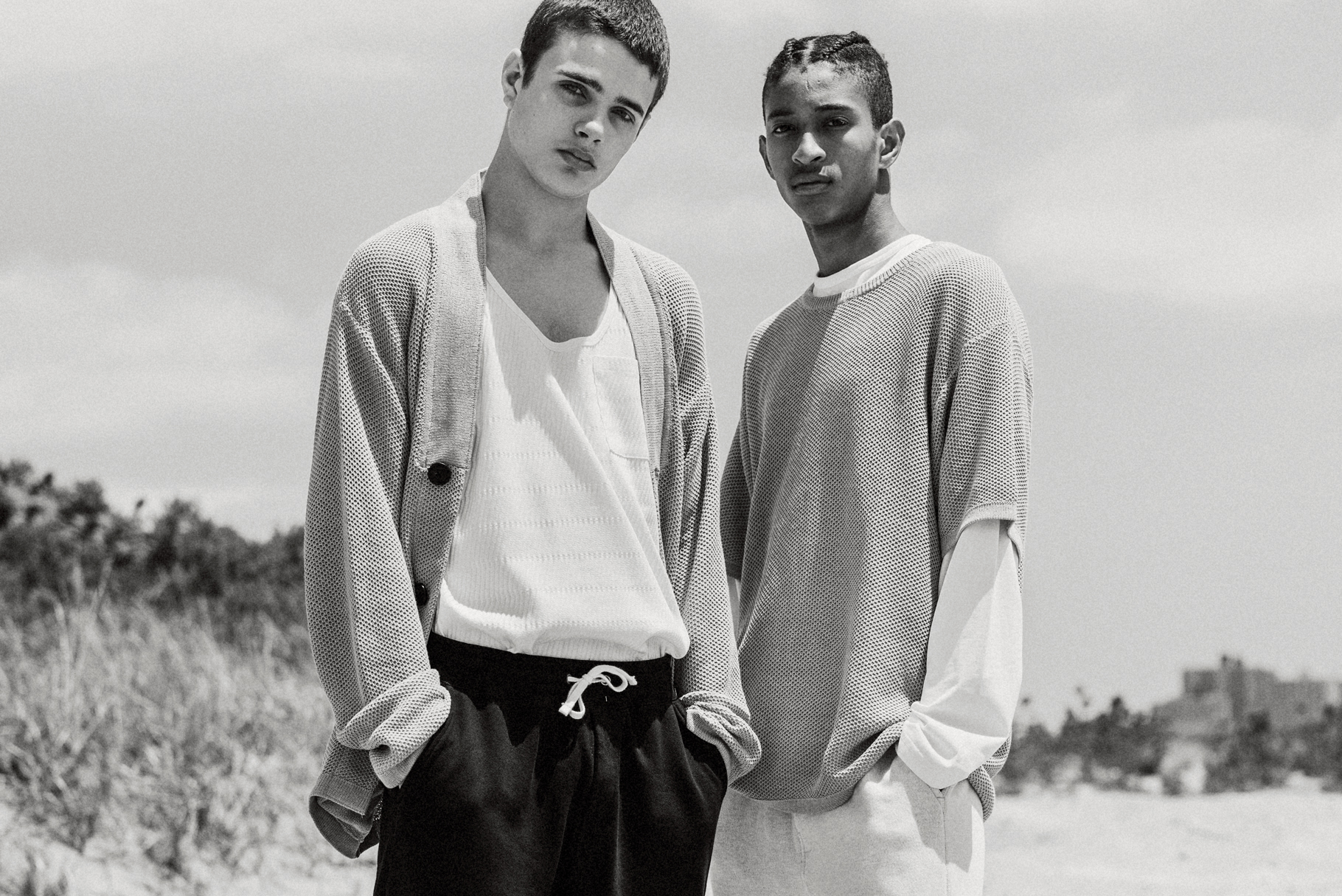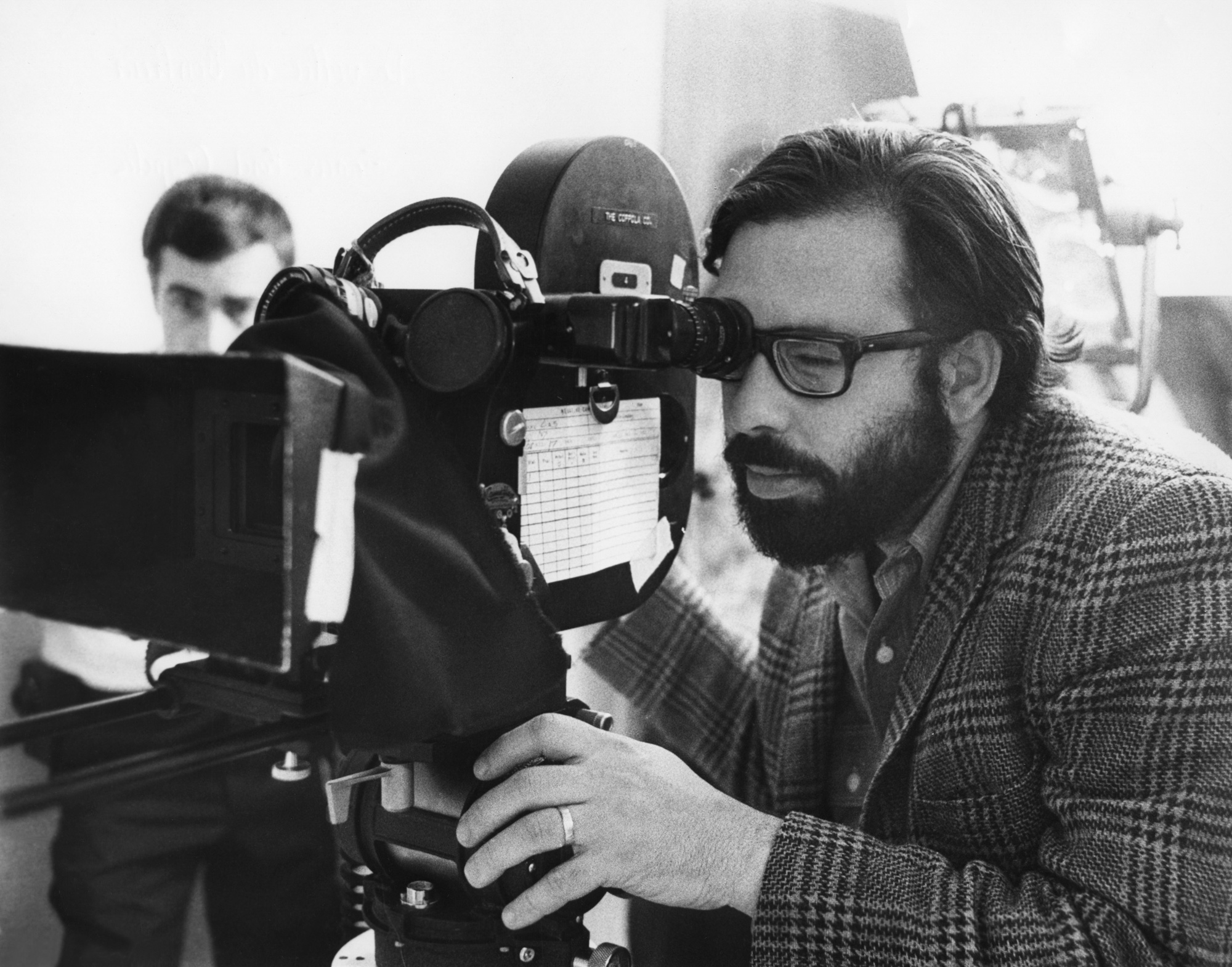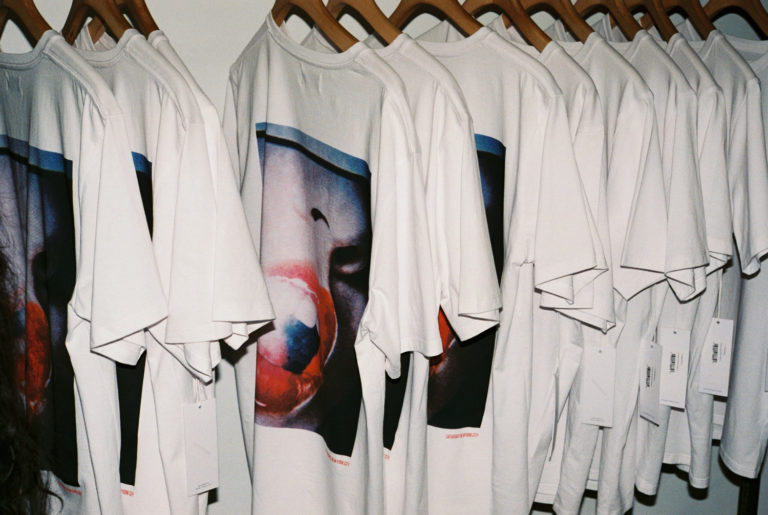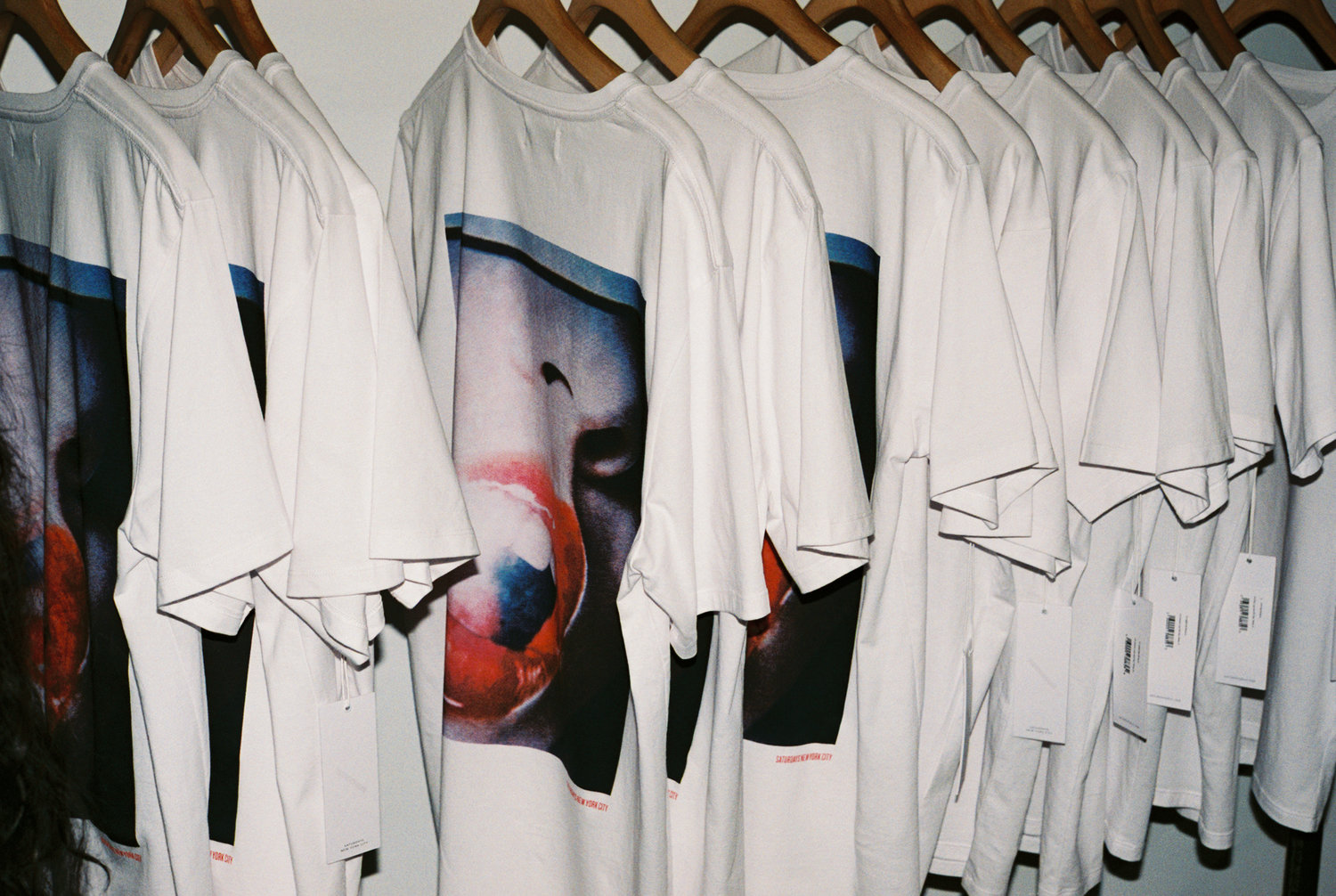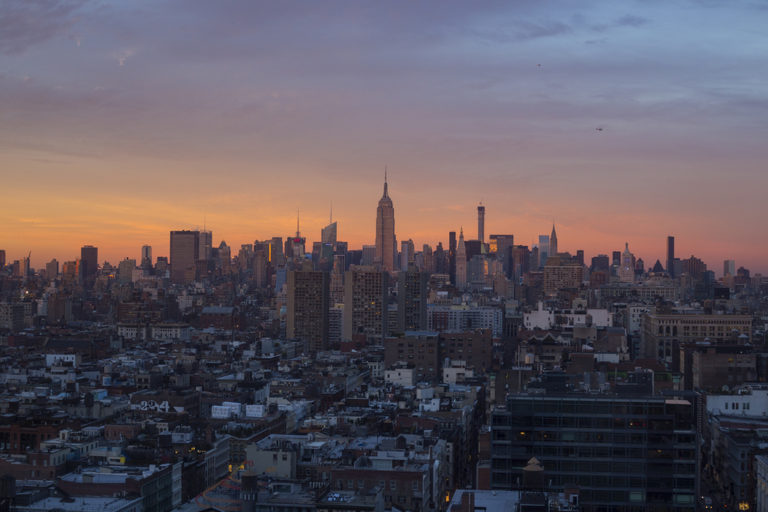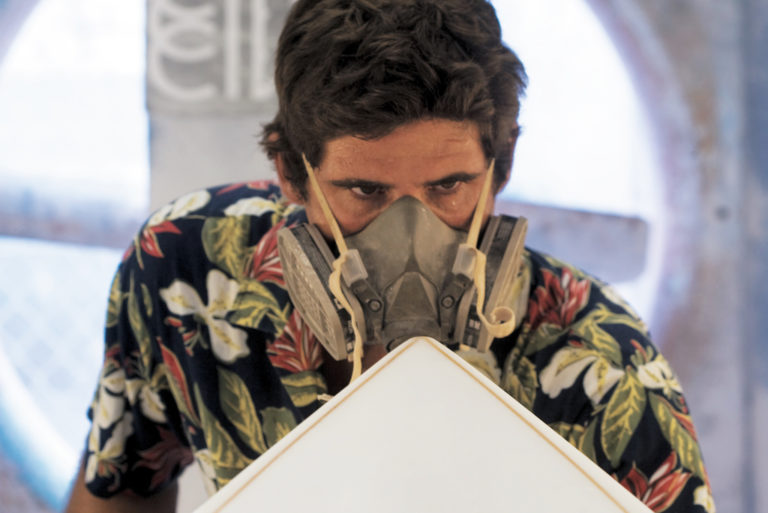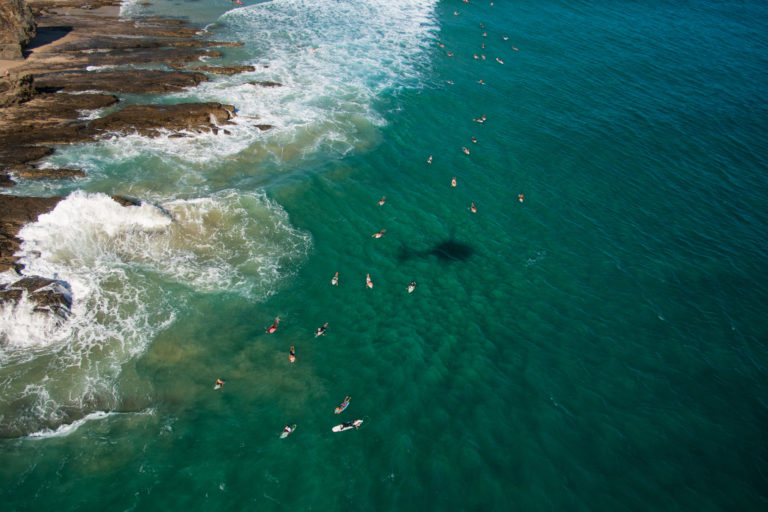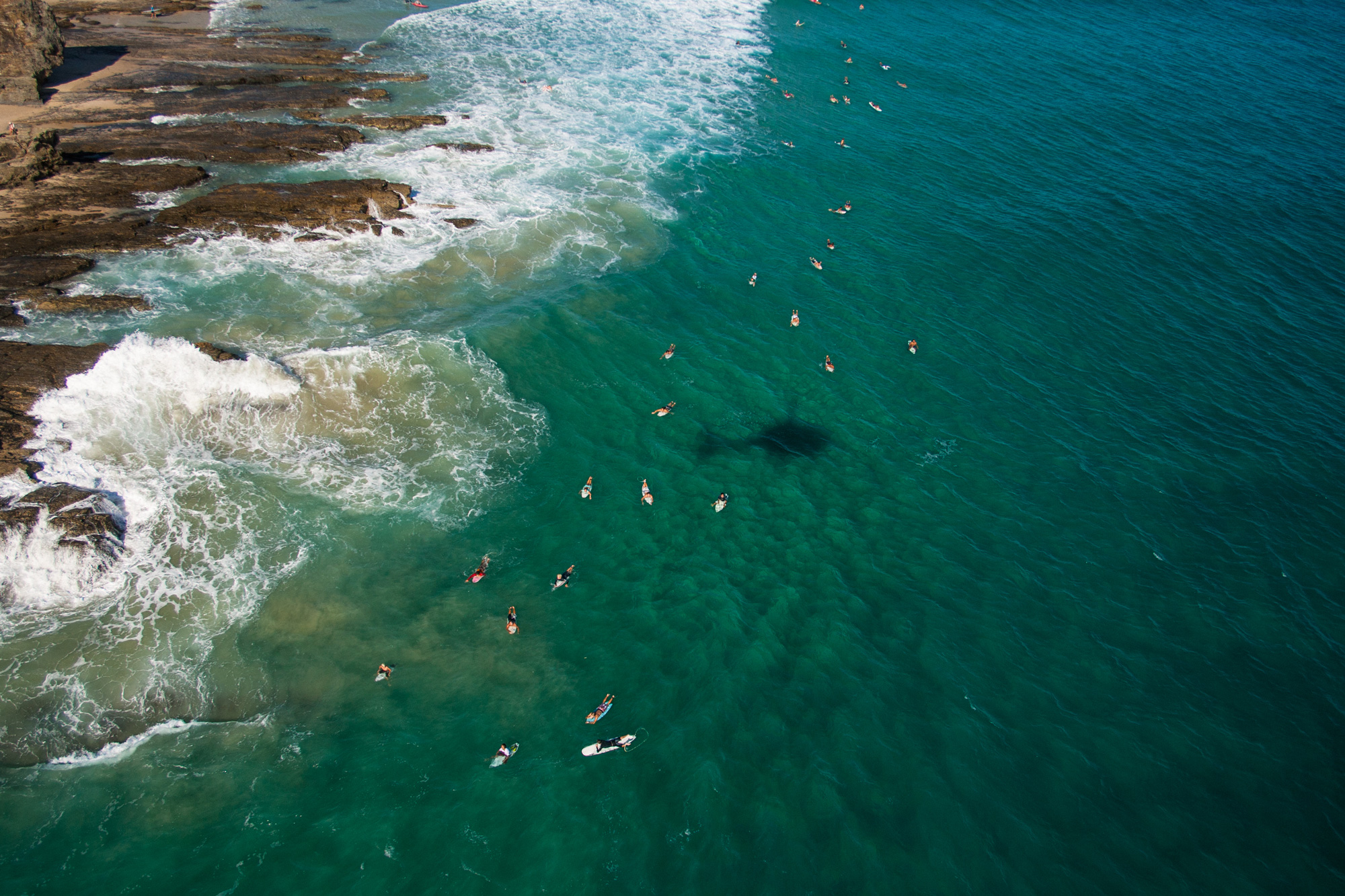luke flynn: First question, do you have a favorite pair of underpants?
bjorn iooss: I do and I’m wearing them right now. I have a few pairs and they’re all identical. They’re the ones I reach for first.
lf: And you probably have least favorites too?
bi: Naturally. It’s always good to have a few backups just in case!
lf: What got you into photography?
bi: When I was in 6th grade, my school started offering classes and my good friend and I decided to sign up. Both of our dads were photographers, so we both had houses full of cameras and film. We figured it would be fun to do and decided to give it try.
lf: And your dad was doing what?
bi: He’s been a sports photographer for over 50 years with Sports Illustrated. I’ve always been into art since as early as I can remember. It was the only thing I was ever really good at from the start. So photography was a natural progression. We were fortunate enough to go on some great trips as a family—vacations and what not—and we always took pictures. We’d surf and shoot. You grow up around this stuff and it sort of becomes second nature.
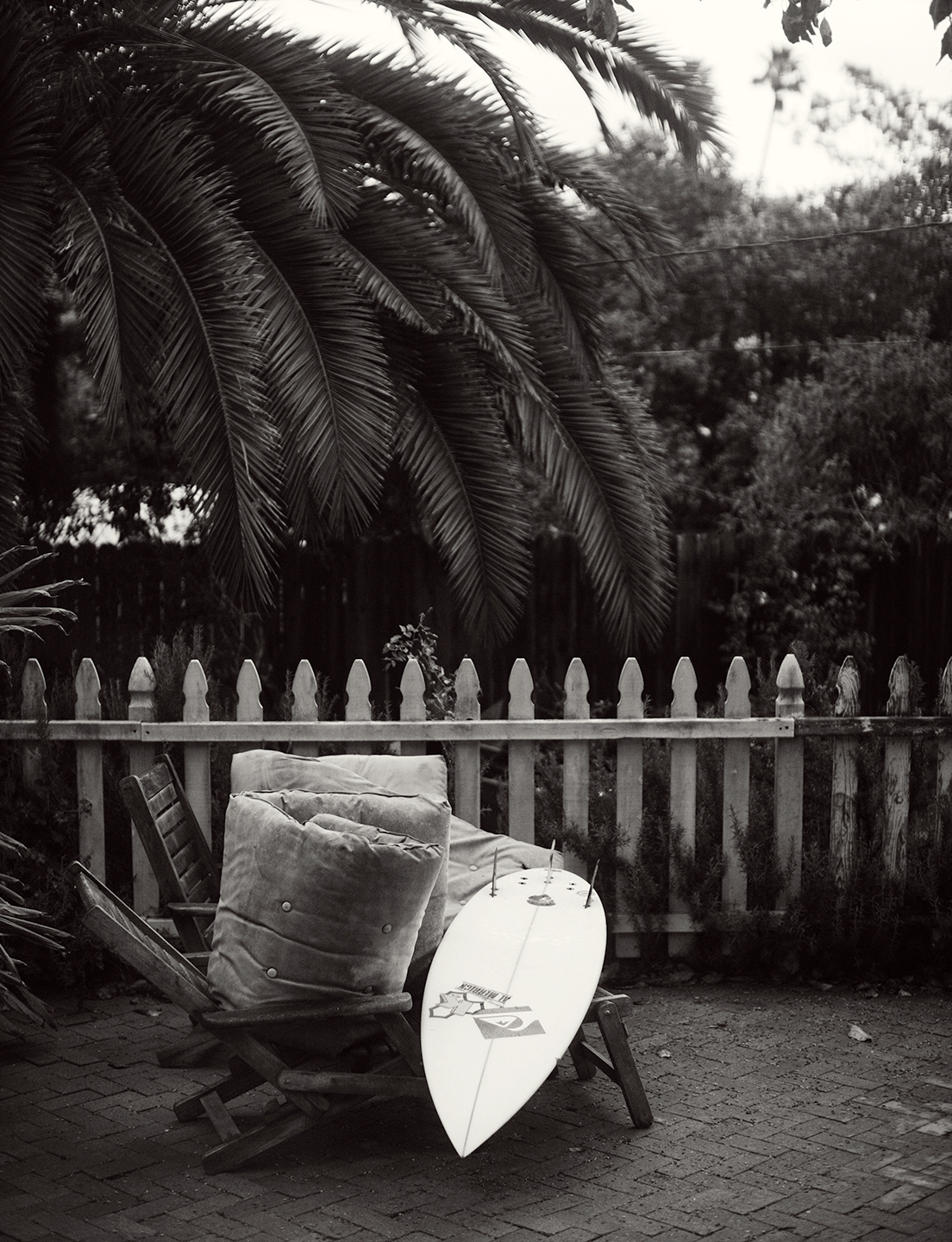
Santa Barbara, 2011
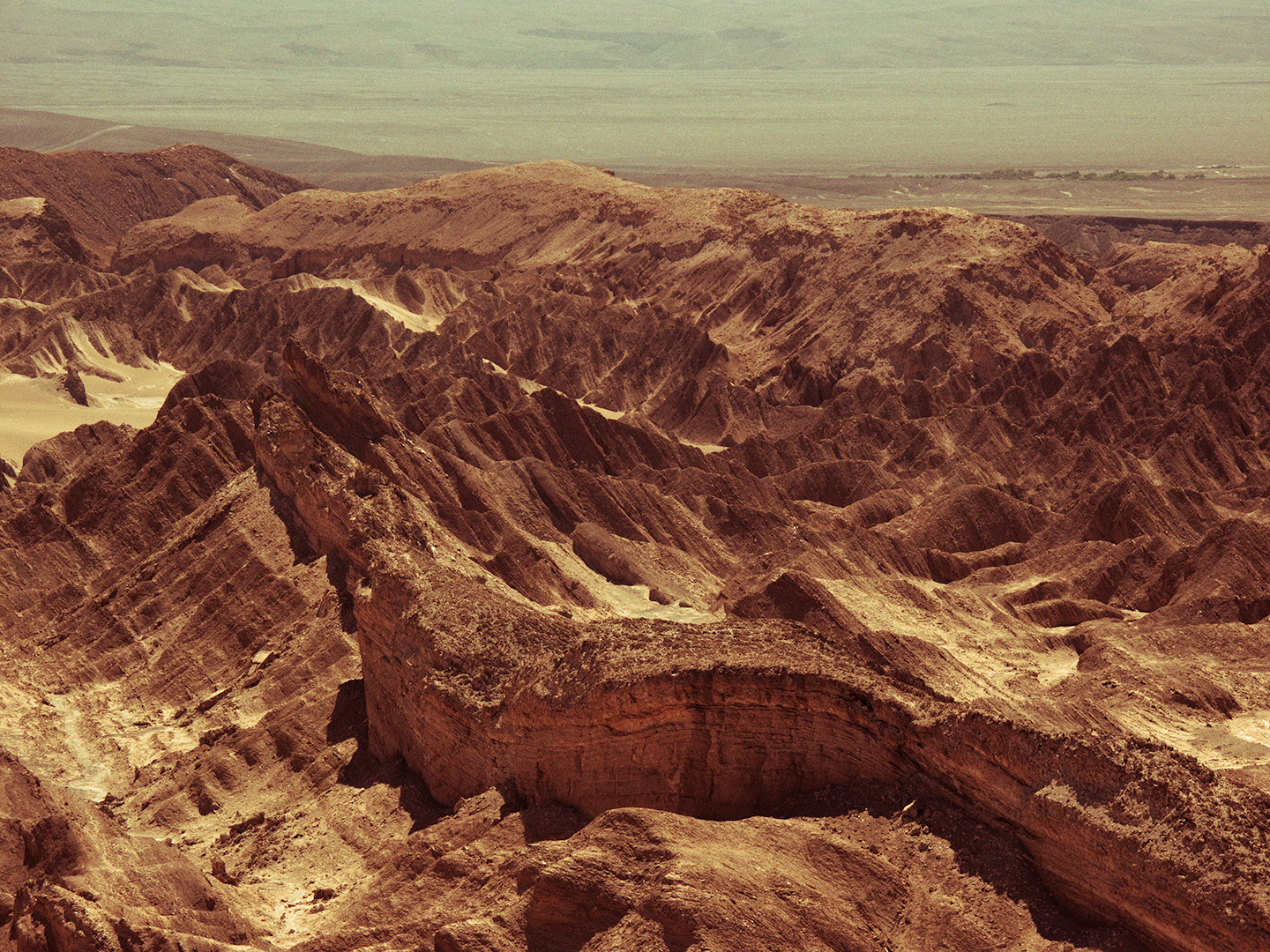
Moon Valley, Chile, 2009
lf: You also had a bunch of artists living around where you grew up as well.
bi: Out east on Long Island, there has always been a strong community of artists, which has been a special thing to grow up around. Being out in Montauk, guys like Julian Schnabel, Bruce Weber, and Peter Beard are all down the road.
lf: Would those kinds of guys ever come over to hang out?
bi: I can’t say Peter ever came over for family dinner. (Laughs) I don’t think I’ve ever actually seen him eat, but we would definitely go over to his house every so often and vice versa. I have memories of being over there as a young kid and seeing some pretty awesome things. It’s definitely a part of Montauk that is long gone for the most part.
lf: You said that you and your dad always travelled and took photos. Has travelling always been a subject that you’ve been interested in, or is it second nature for you to take photographs of your travels and document them?
bi: Absolutely. The nature of being of photographer, at least in my experience, is that you travel. I went on the road a lot with my dad as a kid, so I’ve been going on set with him for as long as I can remember. For me, it’s always been a part of my life, even before I became a photographer. It’s almost a thing of comfort in a weird way. As much as I am a creature of comfort, I don’t like to be sitting in one place for too long. I like to keep things moving. I think of work as being synonymous with travel.
lf: Would you call New York your home?
bi: It is absolutely. New York is far from a homey place, but it’s certainly a creative nest and it’s where I was born. I haven’t really made it homey much until recently, my place is a little spare but I like it.
lf: I noticed there’s a photo in the spread of Raphael Mazzucco, whom you worked for.
bi: All the photos on the diary and in this spread stem from travelling with family. That tradition continued when I started assisting other photographers—particularly Raphael, because we travelled so much. We went to every corner of the planet and that helped fuel that passion again. Raphael and I had a great relationship and we went to so many cool places. He always encouraged me to shoot.
lf: How is Raphael to travel with?
bi: Do you really want to know?
lf: I want to know all the weird shit. (Laughs) Give me a crazy story.
bi: I’ll just say we had a lot of fun and a lot of laughs.
lf: Tell me about that picture of him on the mattress.
bi: (Laughs) This is actually one of my favorite photographs from my time with him, because it so simply sums up working with him. We were in Israel, and we must of had a bit of a late night—or, he was over worked—because he was passed out and not answering the door and we had to travel that day to the Dead Sea. My room was adjacent to his, so I climbed over the railing of our balconies and came into his room through the sliding doors. This is how I found him—in a tornado of linens. I packed his bags for him and dragged us both onto the bus.
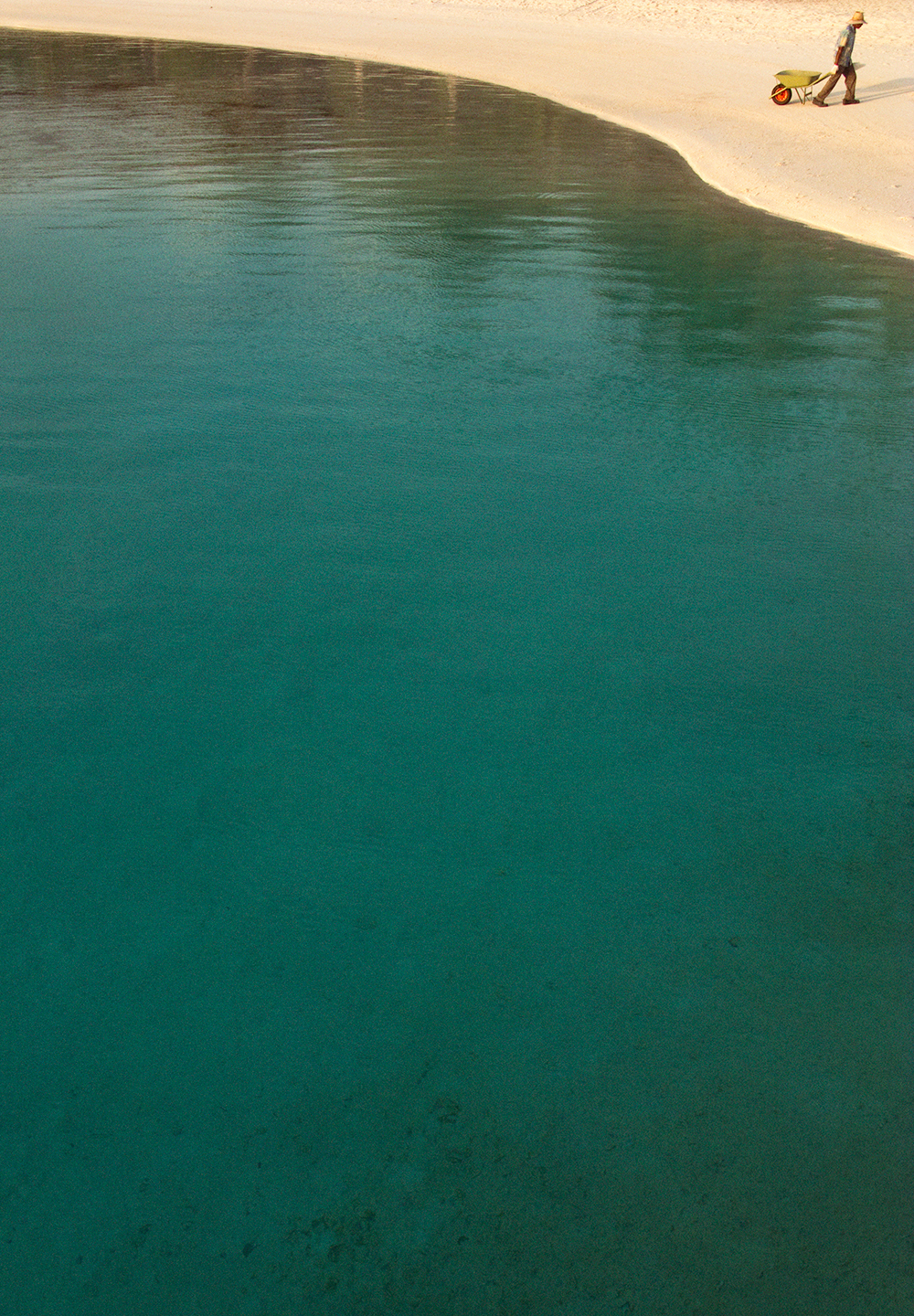
The Maldives, 2009
I think it’s like a vein that’s inside of you. When you do something for so long, you know how you like things to look, so it’s kind of inevitable.
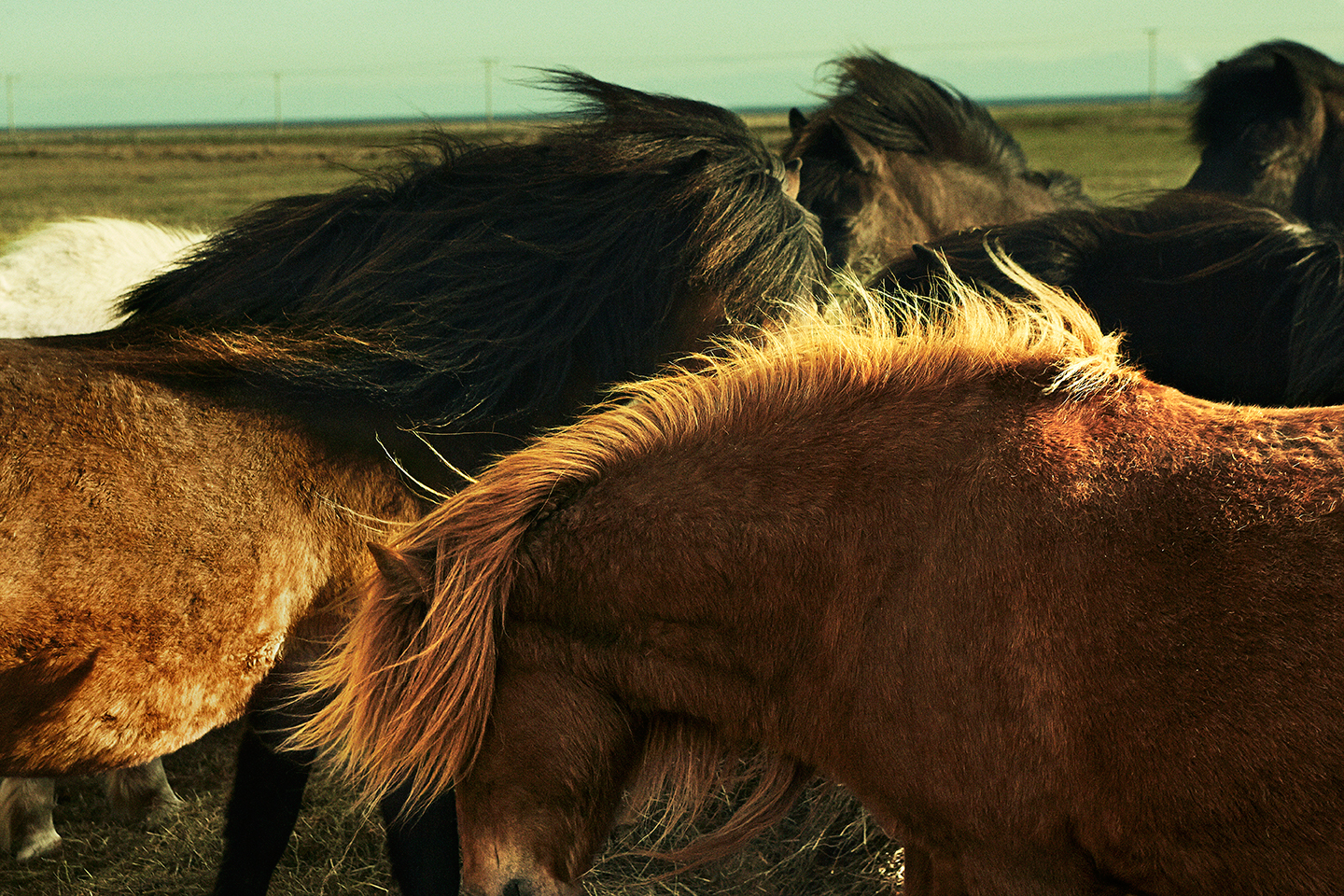
Iceland, 2005
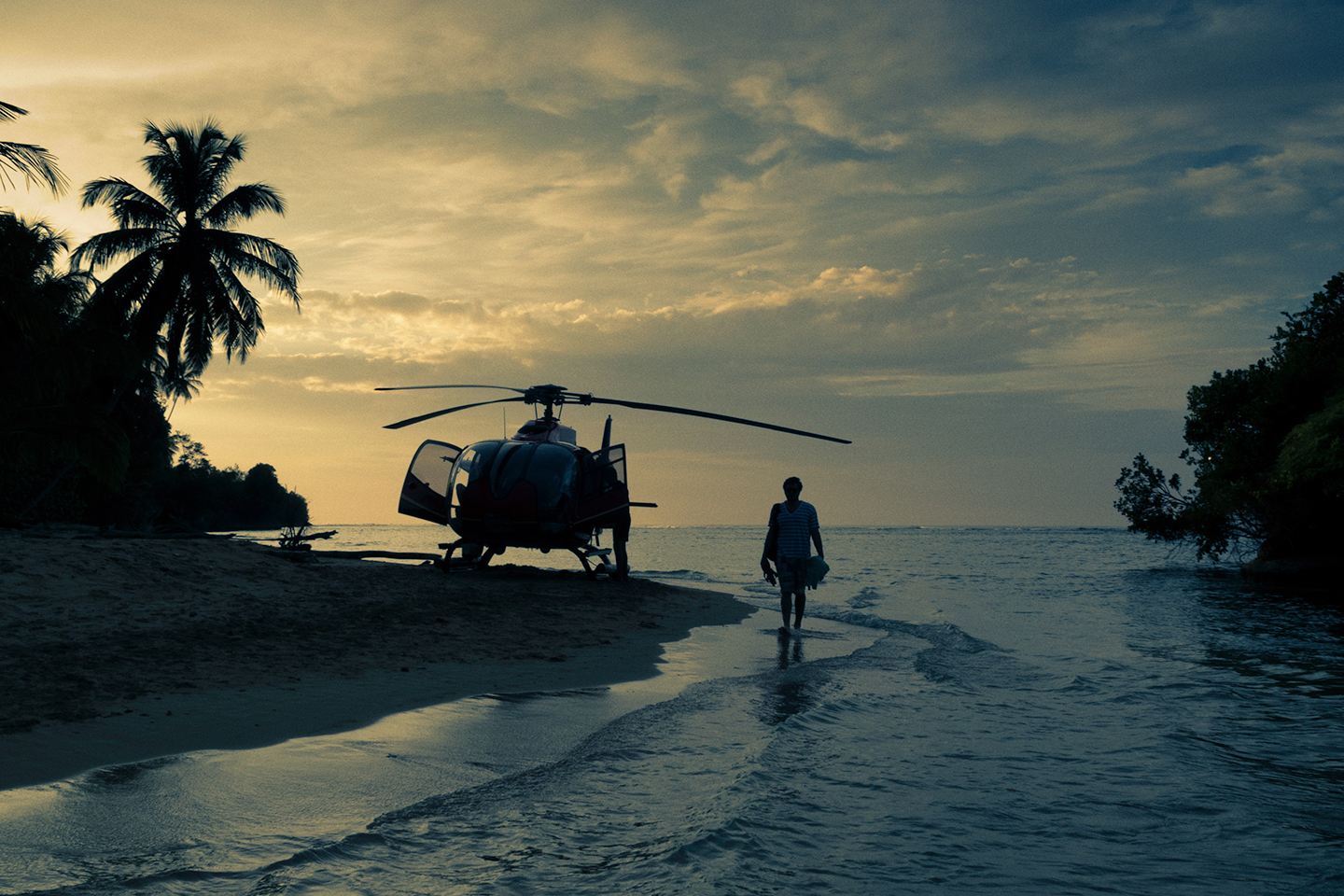
Isla Escudo de Veraguas, Panama, 2011
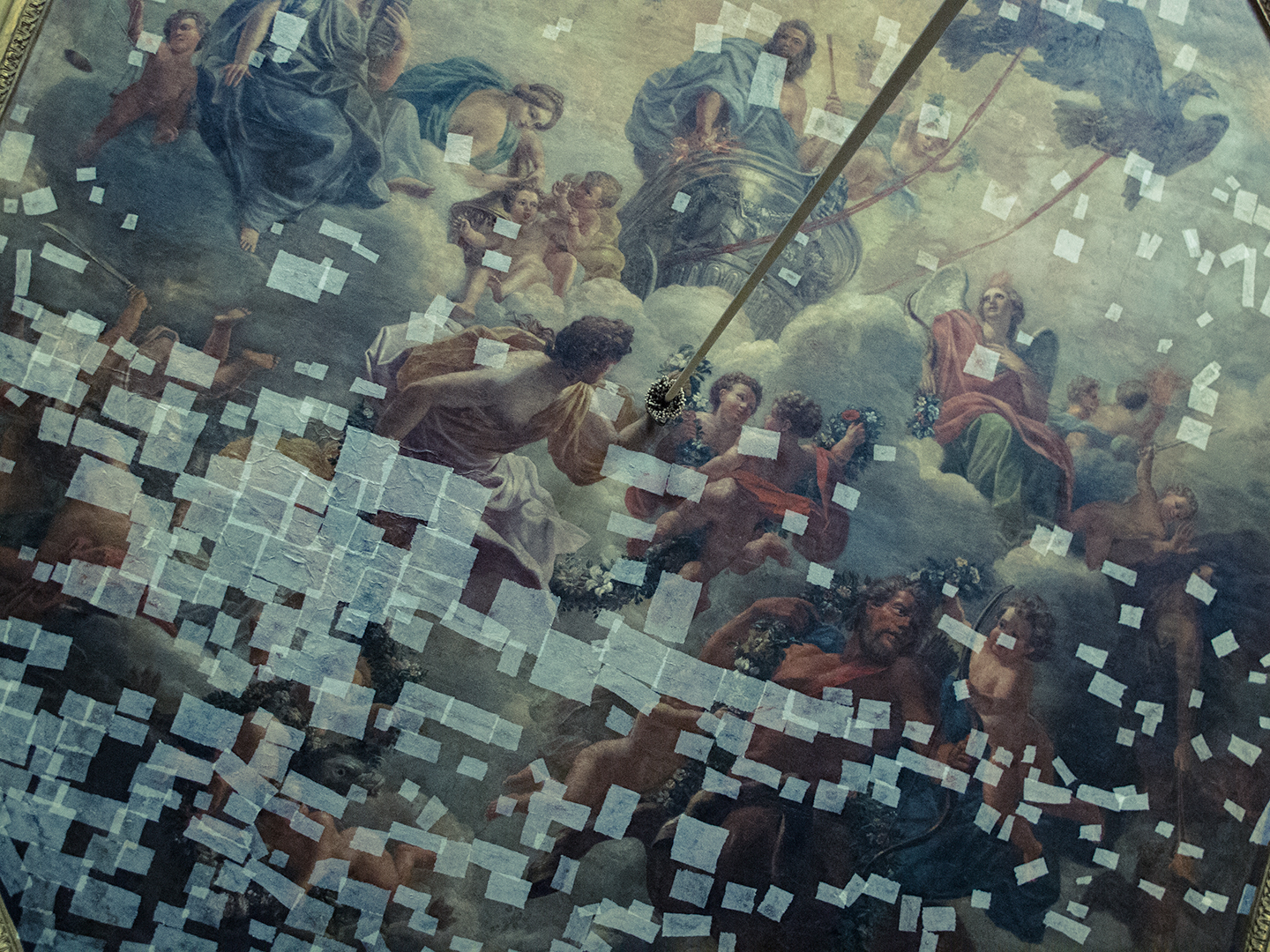
Versailles, 2011
lf: You have told me before that there are basically three Bjorns: the portrait Bjorn, the on-location Bjorn, and the travel Bjorn. How do you explain those three photographic personalities?
bi: Shooting landscapes and travelling as much as I did, I think all of those pictures ended up informing the rest of my work. Most of them have a moodiness and a specific quality to them that stem from that work. That aesthetic for me—that energy and mood that you get in those pictures being out in those amazing locations—is something I try to translate into all of my work. It doesn’t matter if I am in a studio or on a beach. I feel like it’s always the same fundamental aesthetic that I am trying to create, although the subject matter might be different. Shooting in these landscapes is essentially where my passion for photography started. But at the same time, I instantly gravitated to photographing people and portraits. And those two worlds constantly cross-pollinate. I love shooting environmental portraits and that is where the on-location side of me comes into play.
lf: Do you strive for a general aesthetic like that, or is it inevitable when you take a photo?
bi: I think it’s like a vein that’s inside of you. When you do this for so long, you know how you like things to look, so it is sort of inevitable. That’s who you are. It’s like your fingerprint. I sometimes have to be conscious of it and pull back at certain times, but it’s definitely my default starting place. It’s something that is pretty deeply ingrained by now.
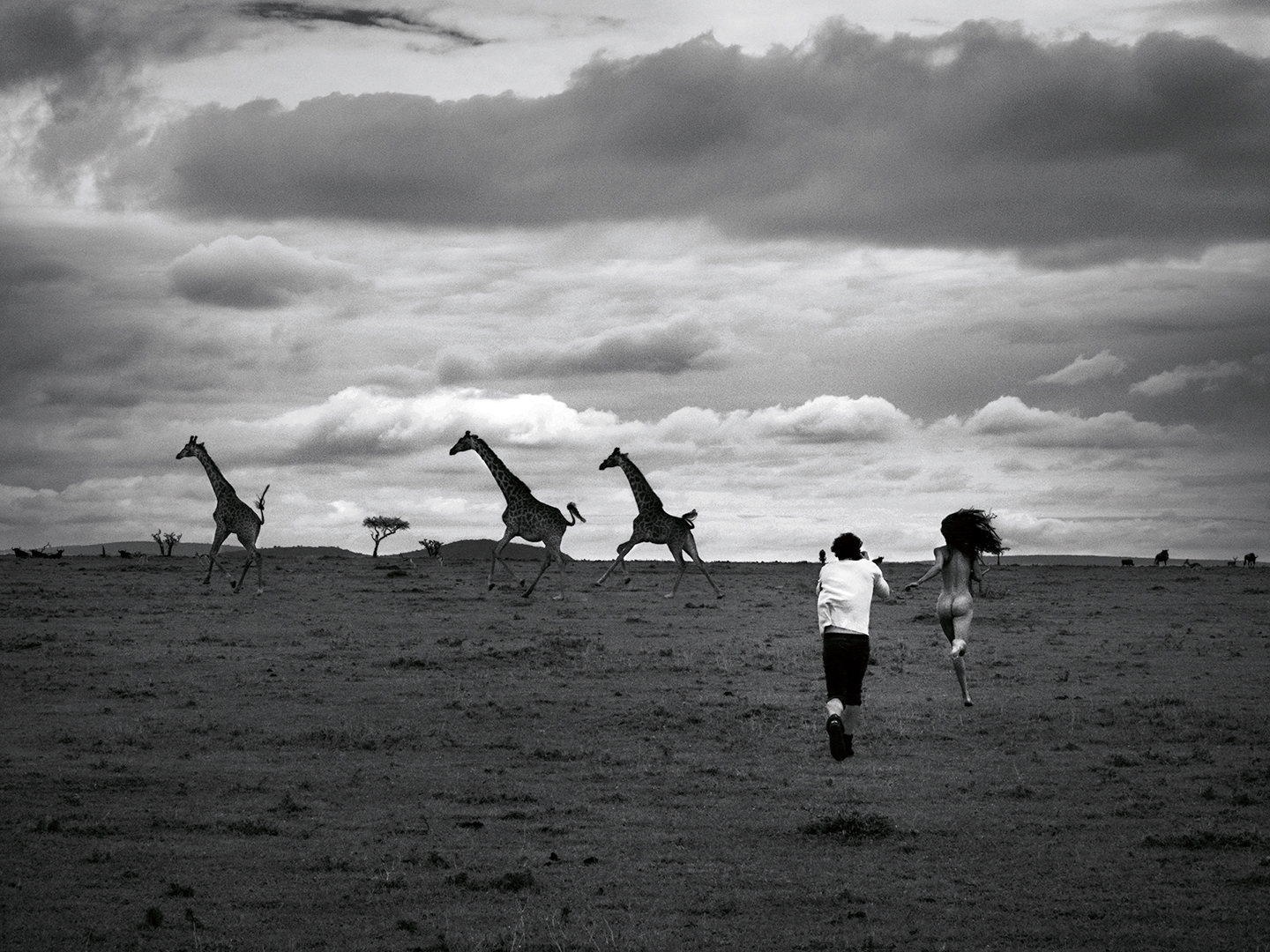
Kenya, 2009
lf: You talked about how you traveled with your dad and Raphael, but your work is definitely its own thing. It’s become very different from those people and other people who helped influence you.
bi: Photography is all about experiencing things, and working for people only adds to that and shows you things that you’d probably never experience if you were on you own. It’s really valuable. You can try to emulate people, which everyone does with their heroes to a certain extent, but eventually you have to jump off and do your own thing. There’s always situations where you might default back to things you learned from those whom you have worked for. That is the value in assisting or apprenticing for other people—learning and experiencing other ways of creating and being adaptable to situations. But if you follow your heart and make the pictures you care about, eventually you find your own voice and become your own artist.
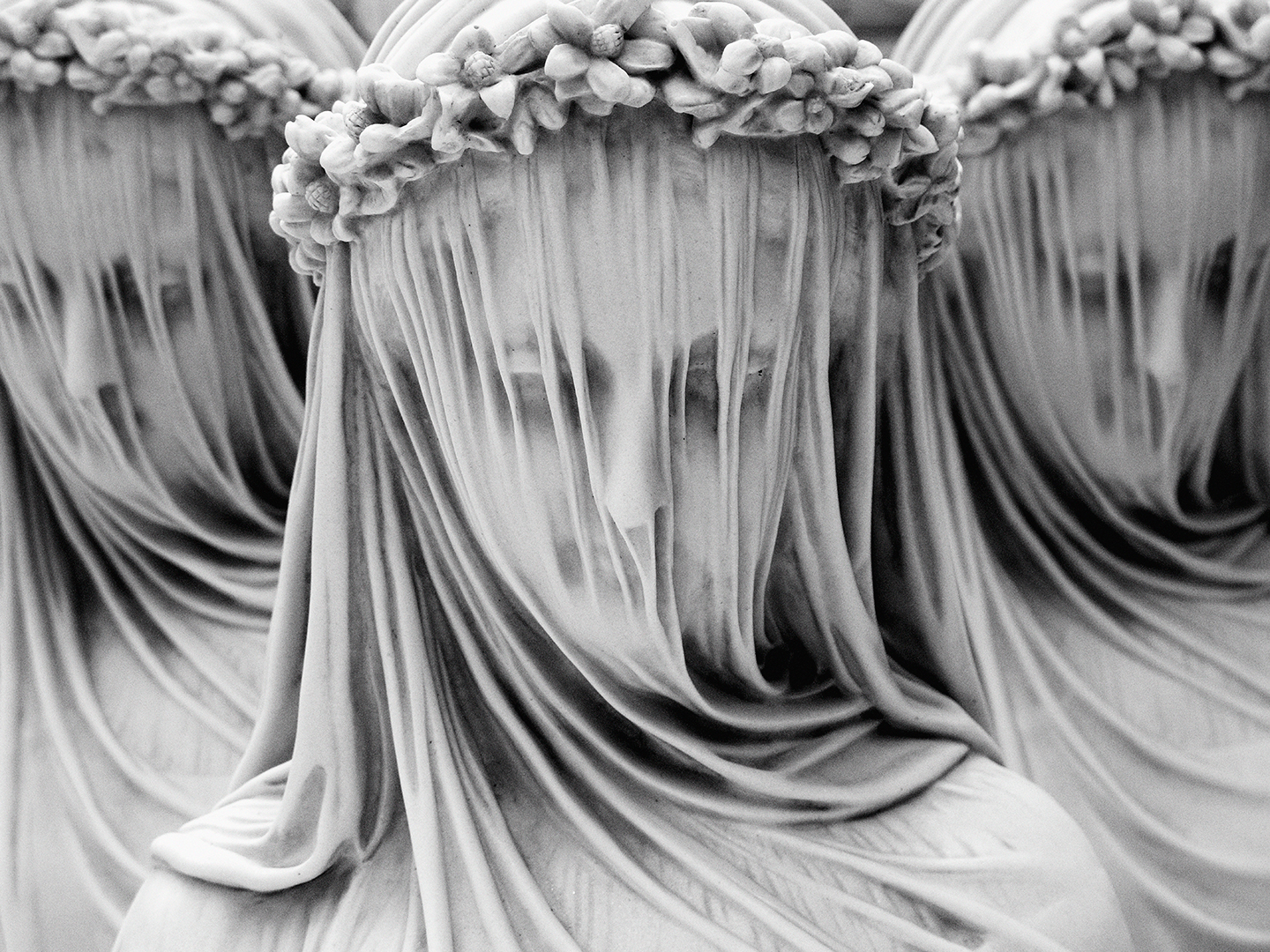
The Veiled Lady – The Bride, Derbyshire, UK, 2012
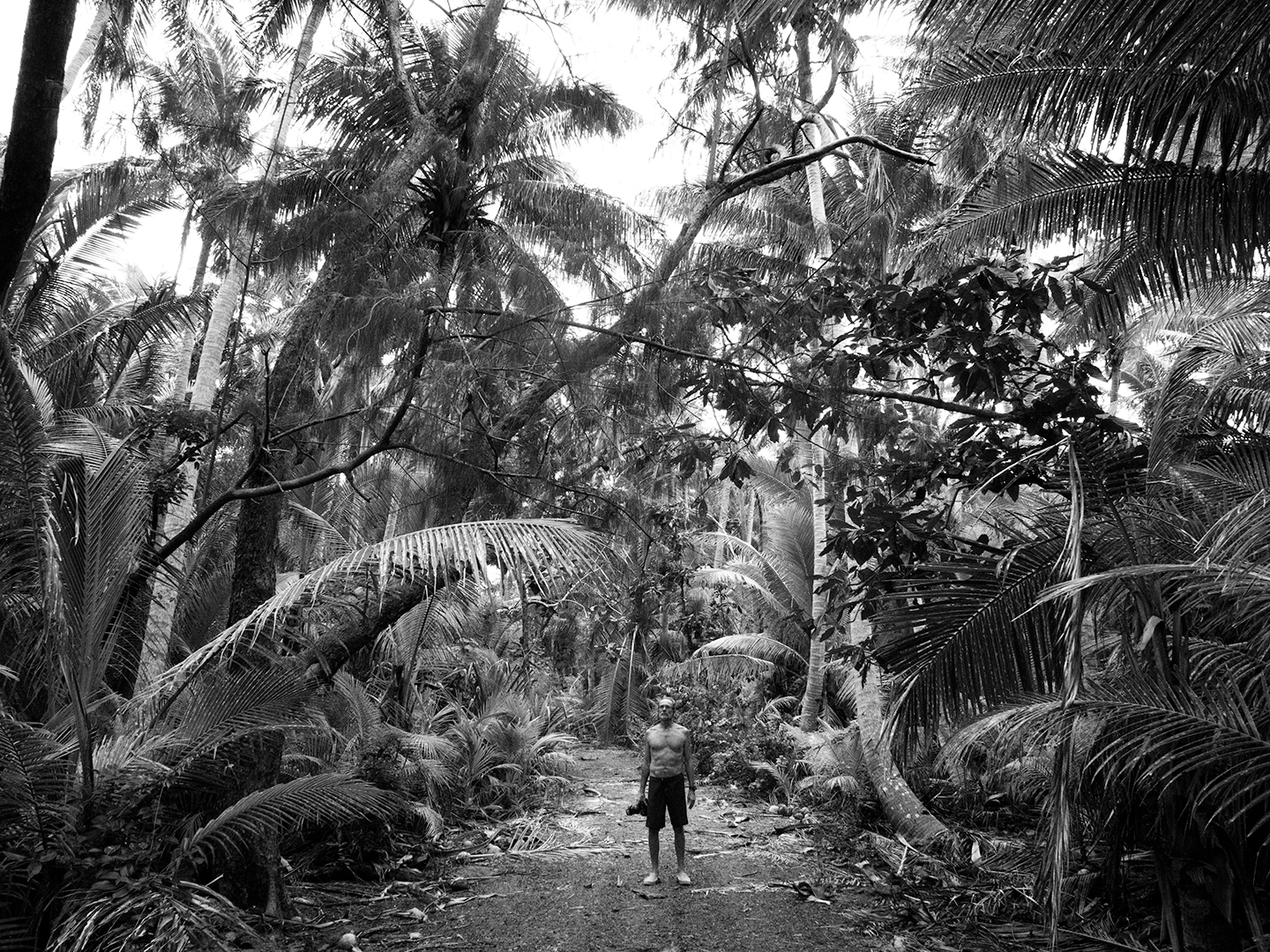
Turtle Island, Fiji, 2010
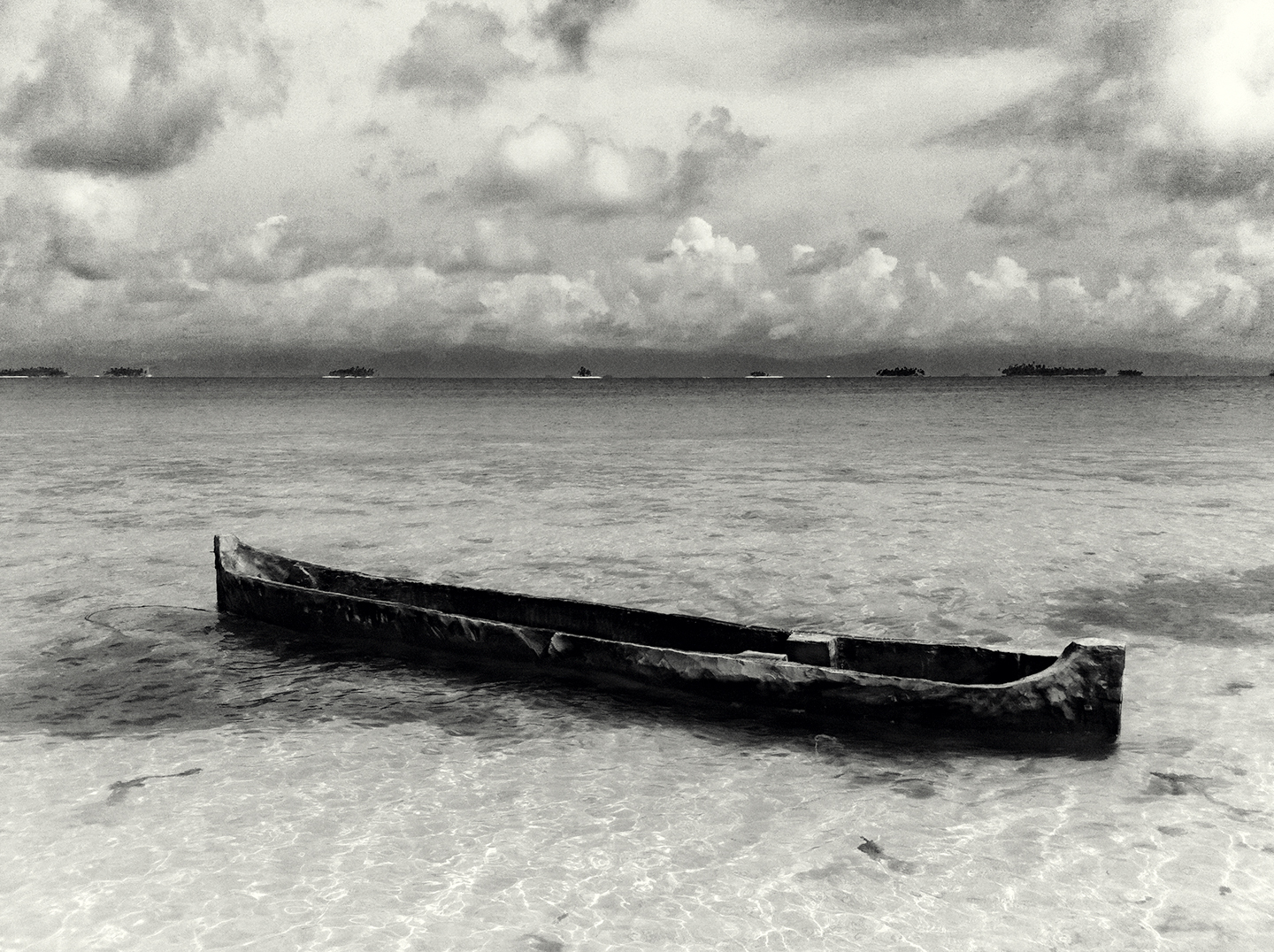
San Blas, Panama, 2011
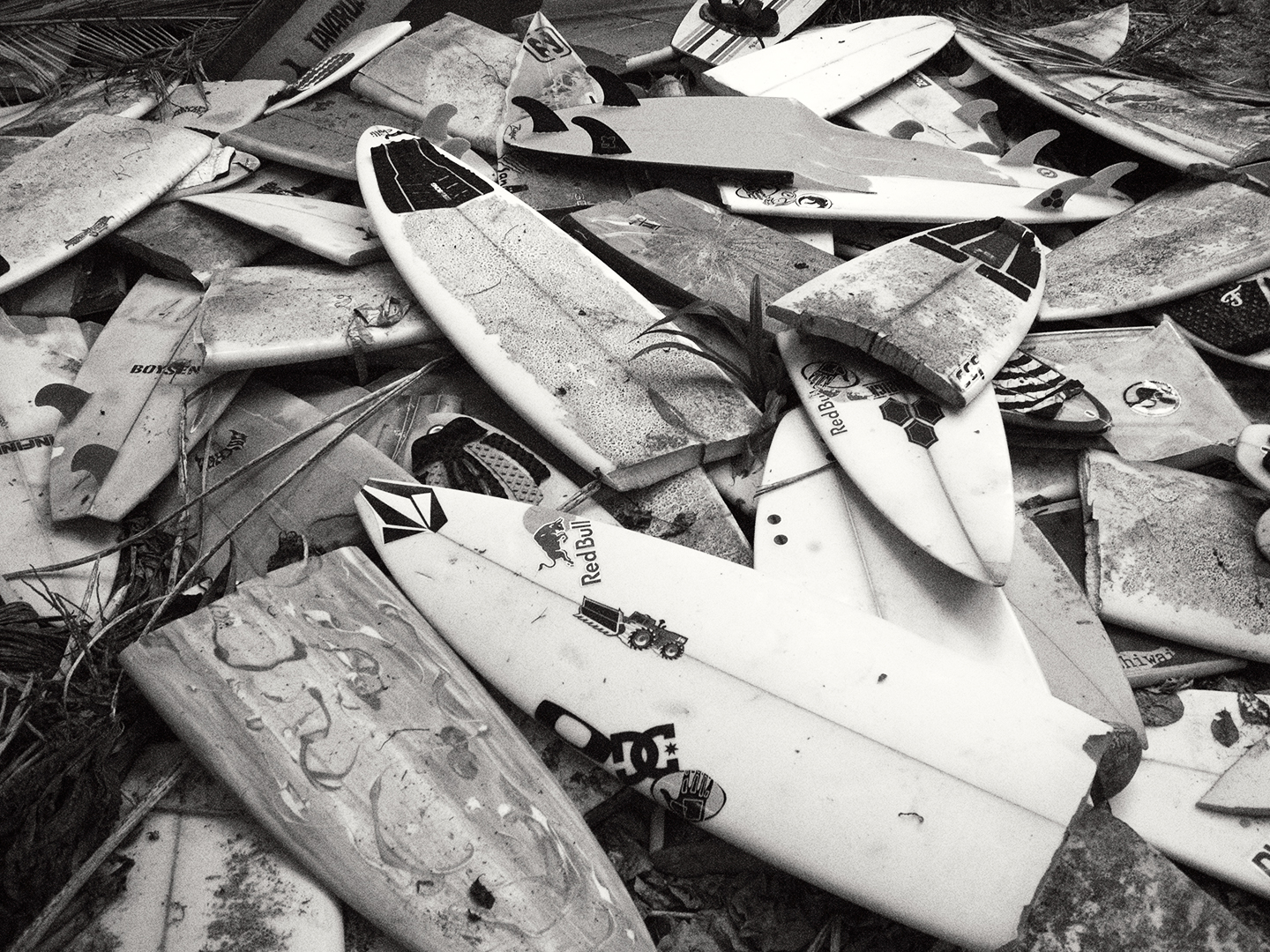
Tavarua, 2007
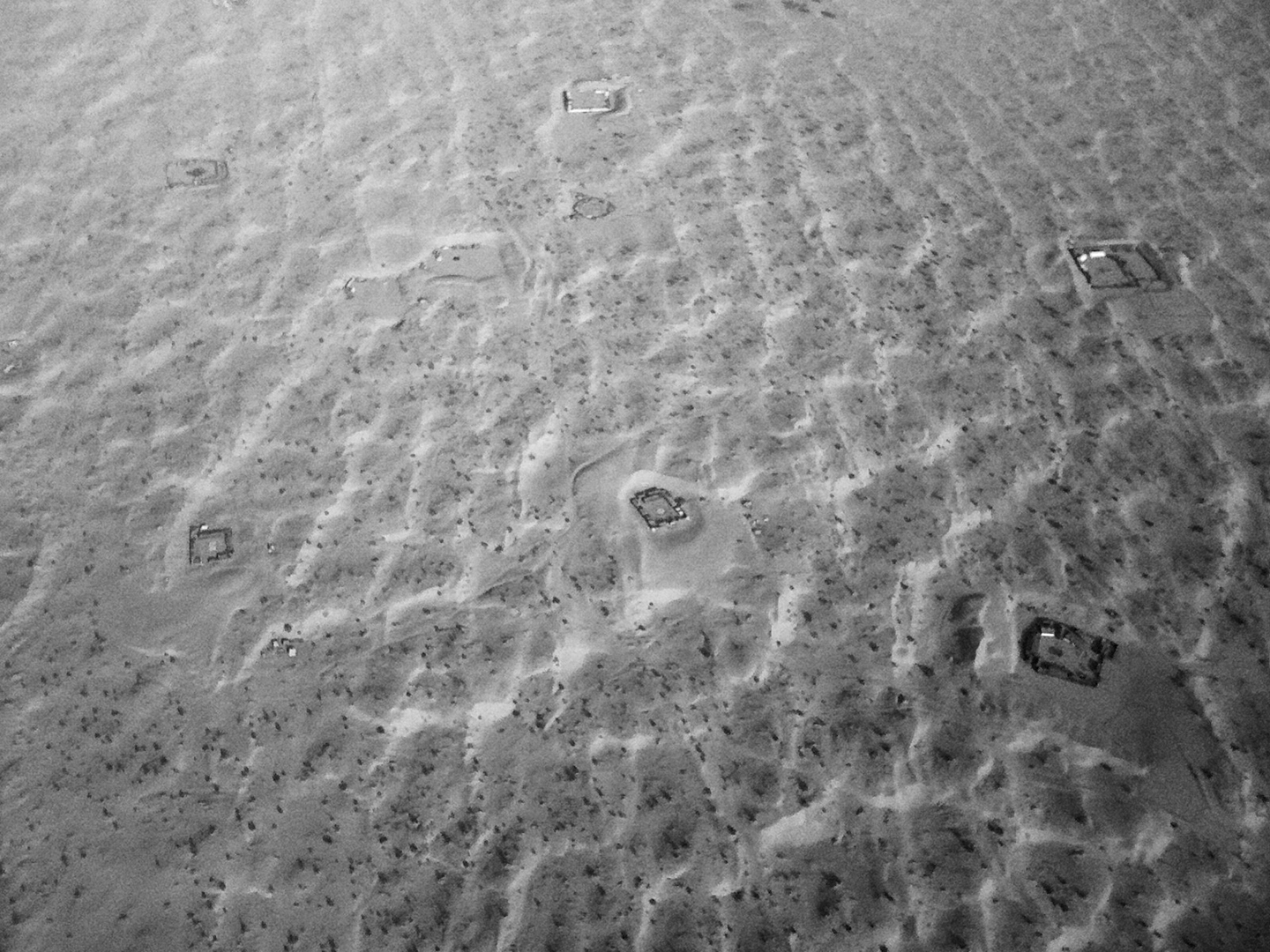
Dubai, 2009
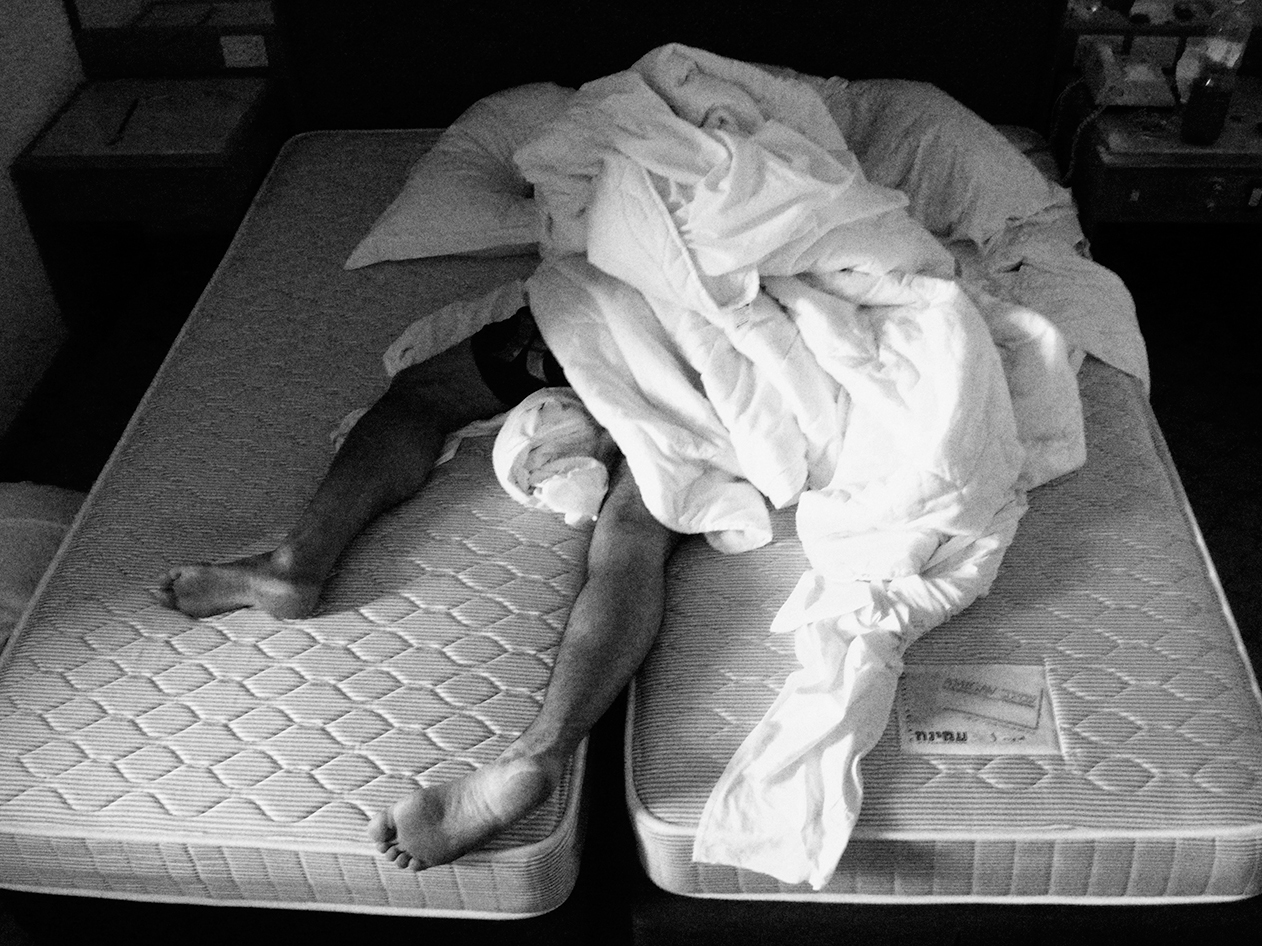
Israel, 2007
lf: When I first stayed with you in Montauk, your mom had a studio in your place, not your dad. Has she been an influence on you as well?
bi: Yeah, absolutely. Although my dad is a photographer, my mom has more of an artistic background in terms of her family. She’s from Holland and she moved here in her early 20s. In the early ‘90s, she took up decorative finishing—like painting and antiquing furniture. From there, she began doing botanical illustration, and then collage, figurative painting, and drawing—ultimately blending all of them together. It’s a really beautiful mix. She’s always had a strong interest and love for very classical art. Not so much contemporary or conceptual art, but strong figures in painting like Van Gogh, Rembrandt, Vermeer, and all those Dutch painters that she grew up seeing. For me, that area of art is what inspires me still to this day. In reality, everything I’m trying to capture, at least with my portraiture, usually comes back to that love of painting and that sense of quality and light.
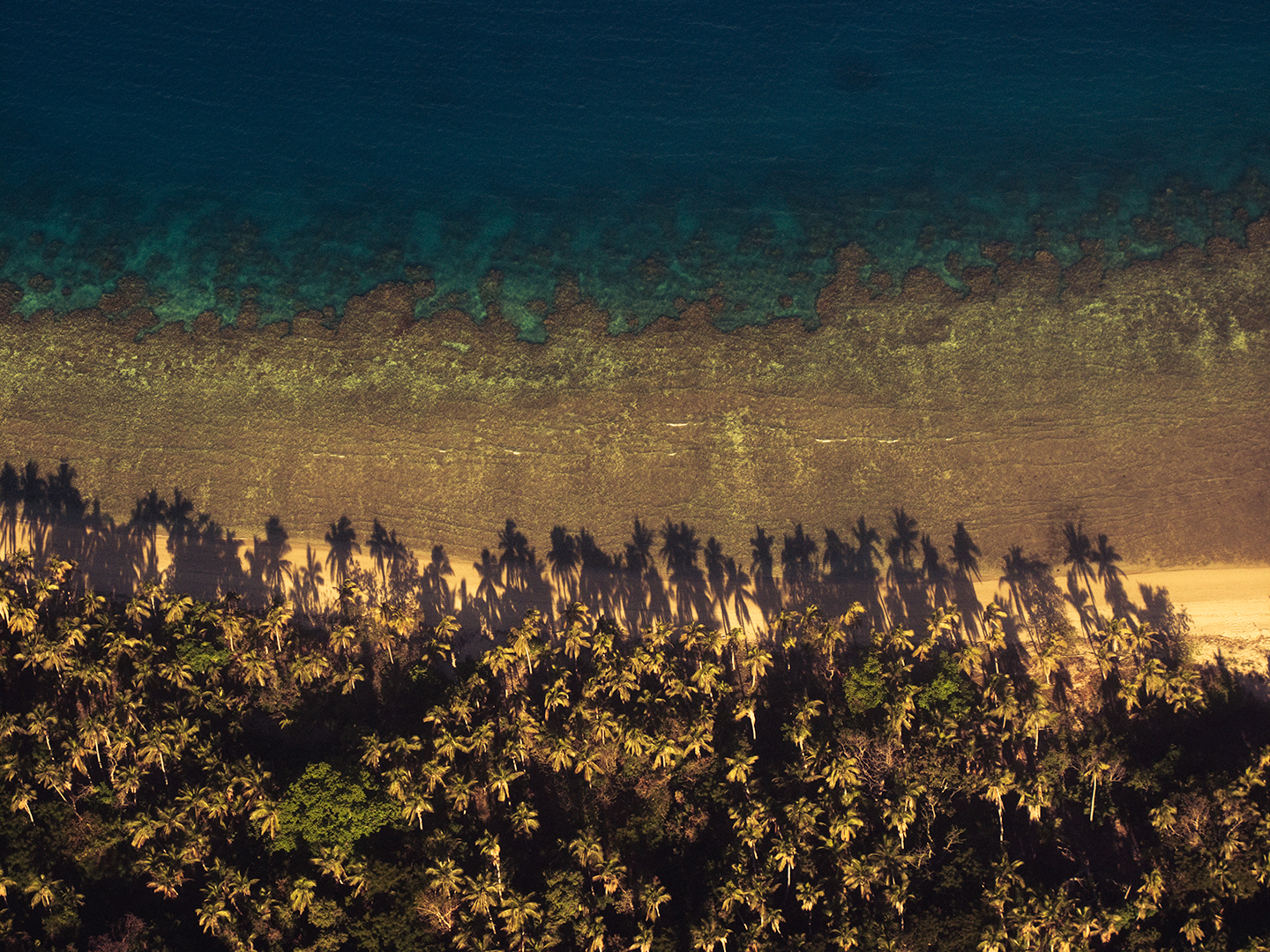
Fiji, 2010
lf: That house is also near the beach. Was surfing an influence?
bi: It definitely influenced the work. All of the places we ever traveled to as a family were surf-oriented, whether it was Mexico, Hawaii, the Caribbean, or French Polynesia. It was always based around surfing. I just never had any interest in photographing the act of it, because I wanted to be in the water instead. Usually all those places are extremely photogenic, so we’d just surf and then take pictures once the light got good. That played a big part in the aesthetic I have, and why I love shooting outside and capturing the intensity of Mother Nature. If I was into snowboarding as a kid, I’d probably have a lot of pictures of mountains and snow, but that wasn’t the case.
lf: You shot Kelly Slater pretty early on. What was that like?
bi: It was awesome to shoot him. My dad has been photographing Kelly since he was about eighteen years old, so I was fortunate to have met him early on. We always had some sort of connection with him because of his long relationship with my dad, but I finally met him when I was about fifteen years old out in Ventura. My dad, brother, and I were driving down from Santa Barbara to Santa Monica and stopped for a surf in Ventura. All of a sudden an RV pulls up, and out walk Kelly and Al Merrick. After our initial greetings, he said something along the lines of, “Are you guys going for a surf? Mind if I join?” I could barely speak. Then we had a nice surf out front all to ourselves while Al sat on the beach and watched.
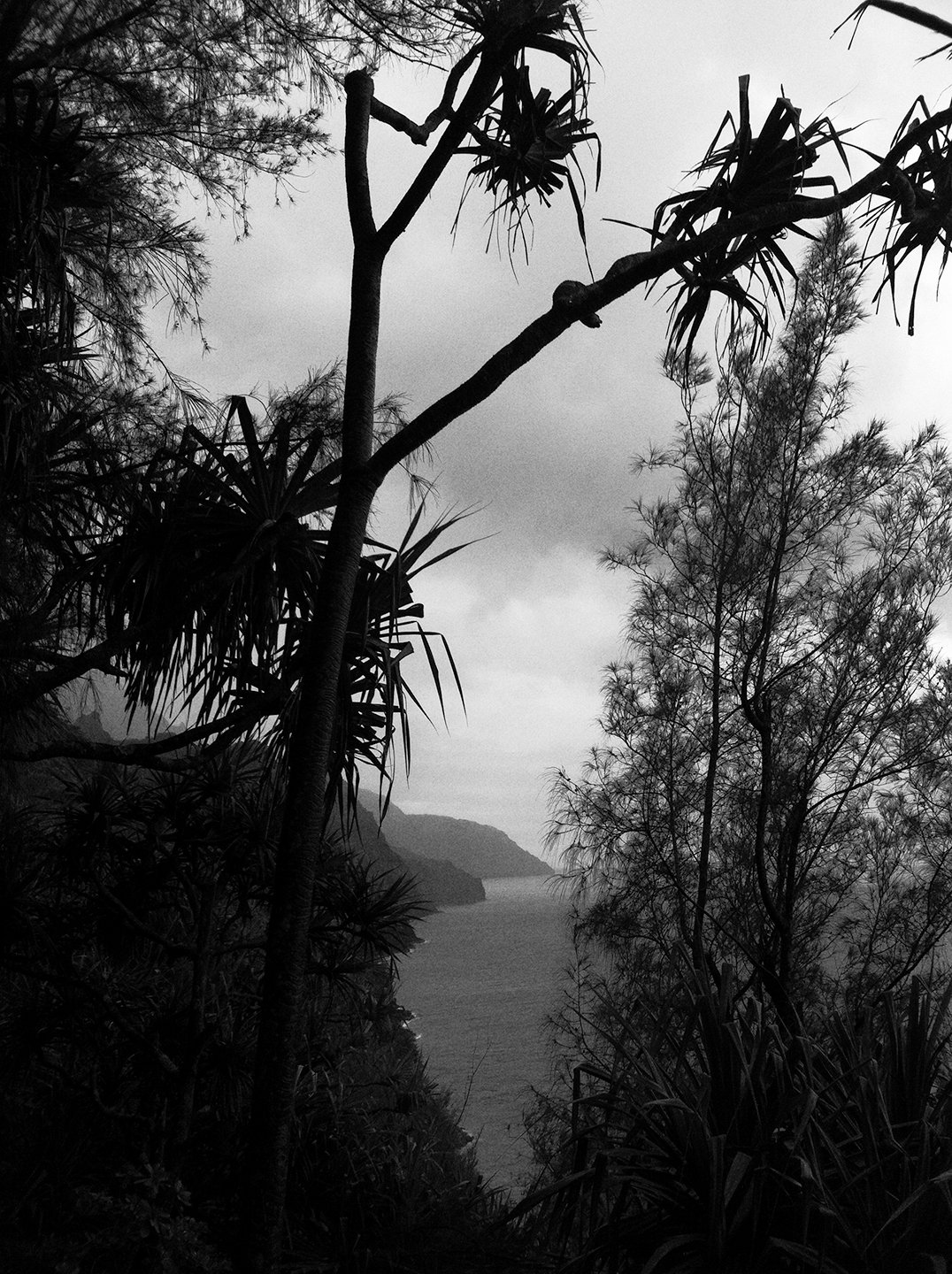
Na Pali Coast, Kauai, 2012
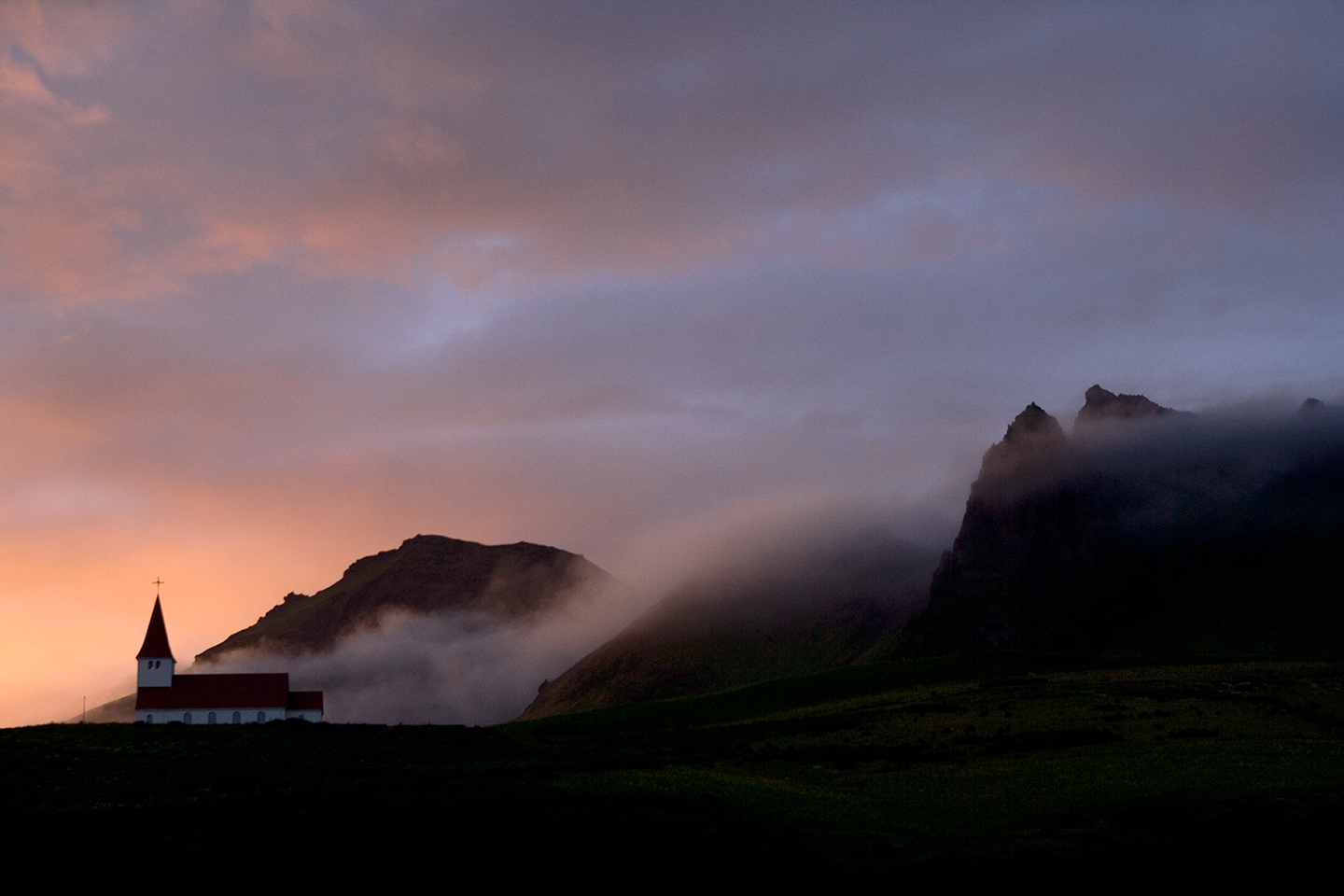
Vík, Iceland, 2006
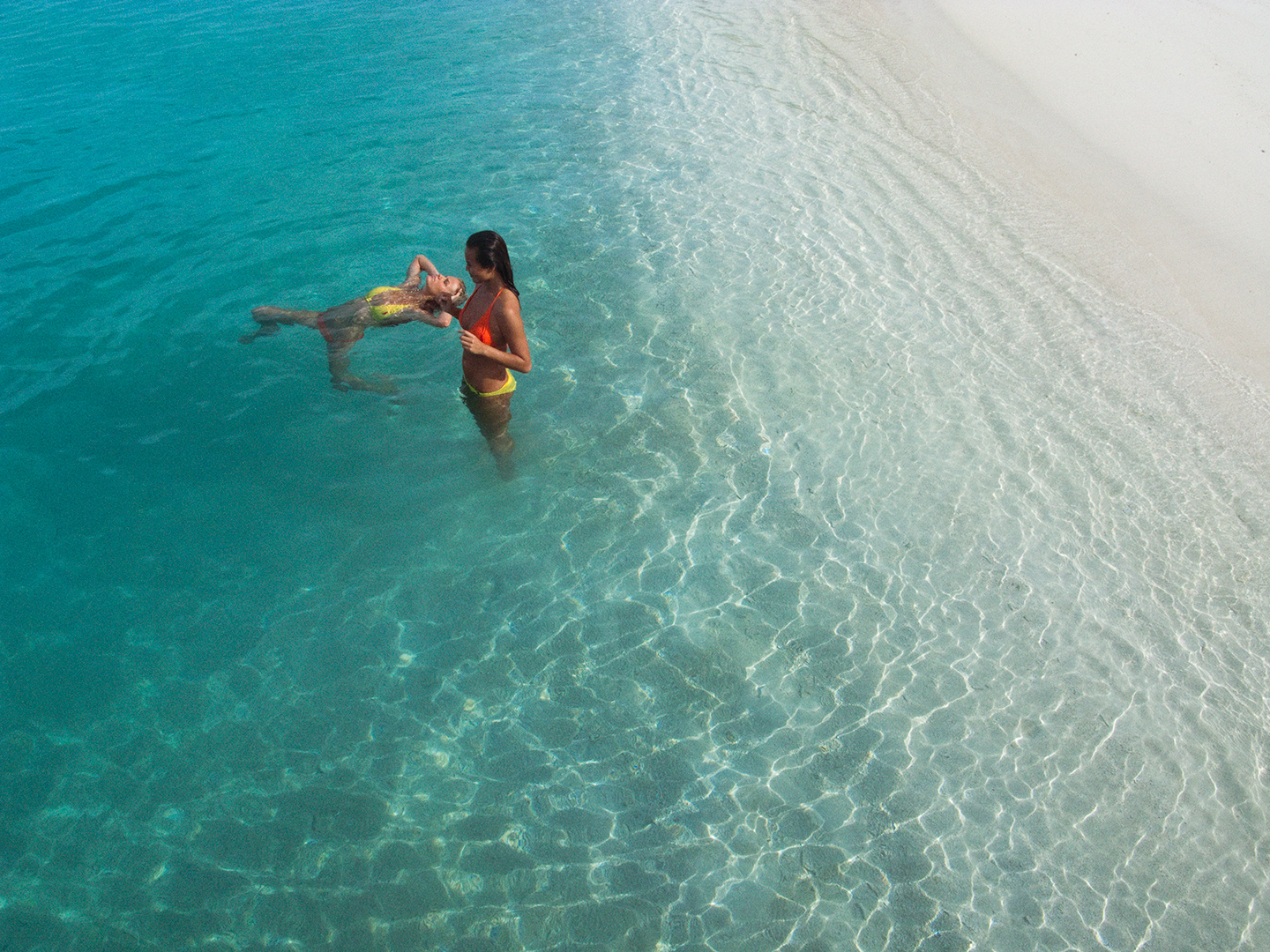
The Maldives, 2009
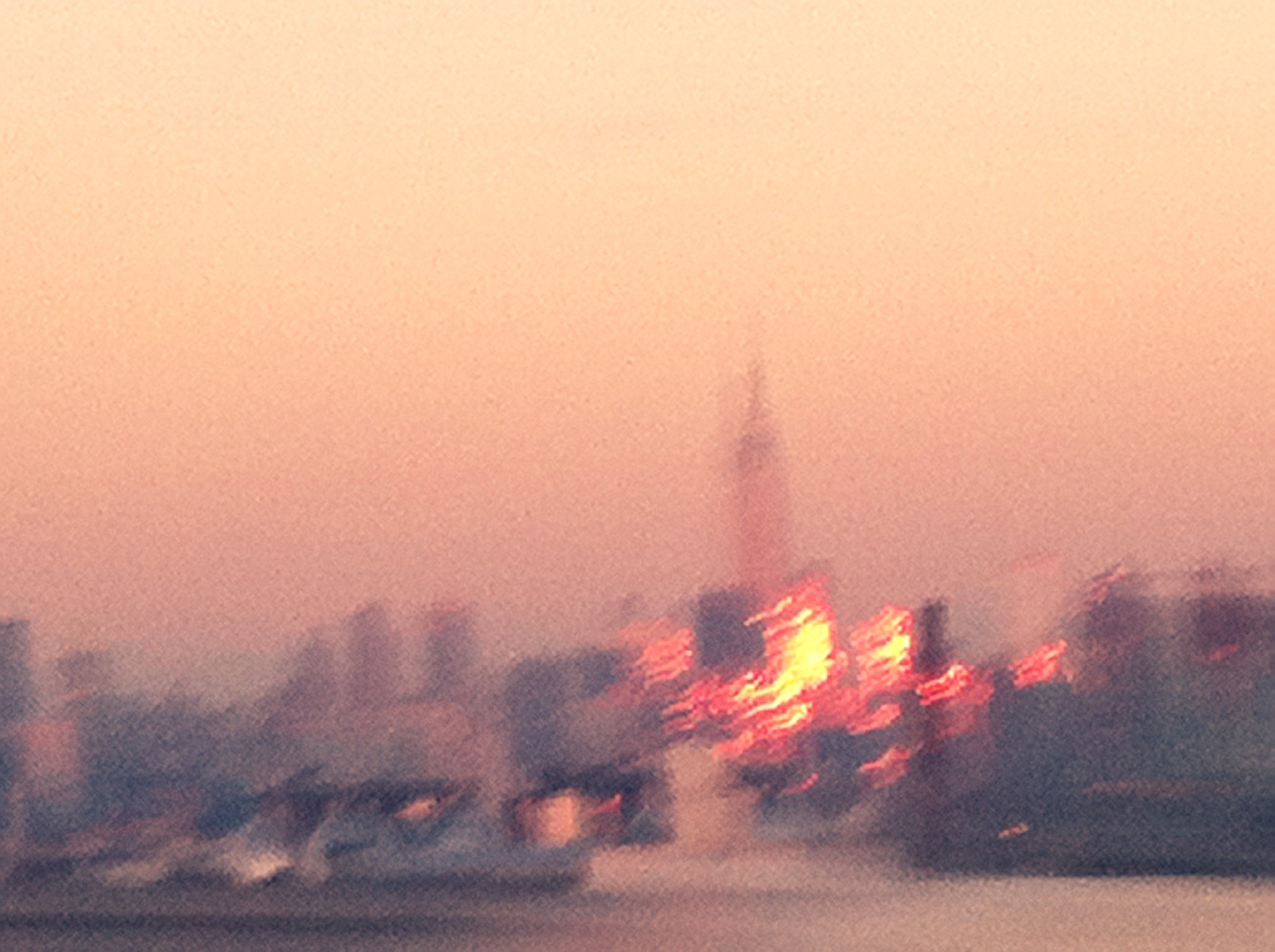
NYC, 2011
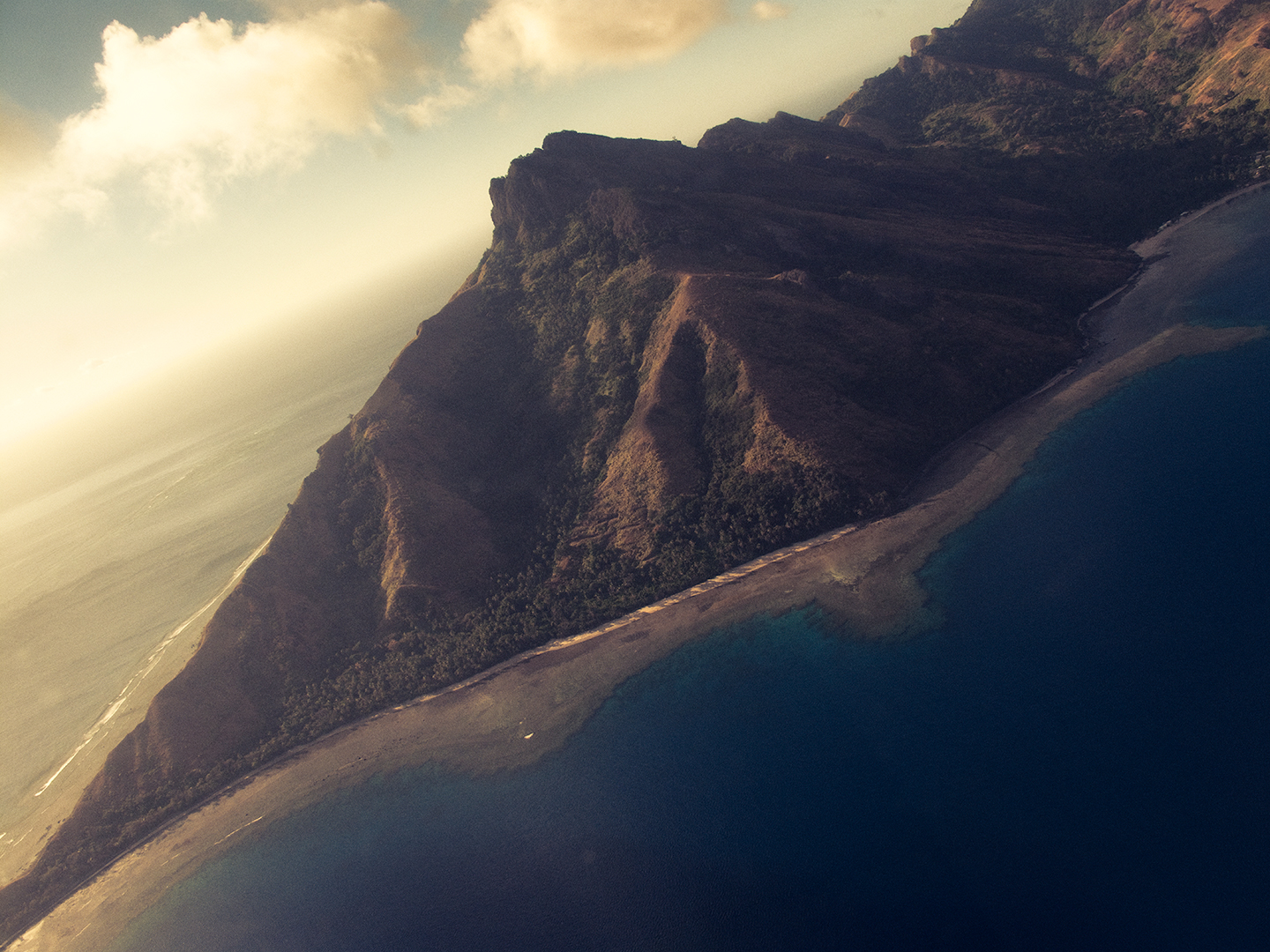
Fiji, 2010
lf: Such a part of your personality is travel.
bi: It’s certainly has been the basis for me as a photographer. I would travel with my dad or go on trips with my family, come home with dozens of rolls of film, develop them and basically have a treasure trove of material to print from for the rest of the semester at school. It formed my foundation as a photographer, being in all those places and learning about light.
lf: Do you think you’re more inspired to take photos when you’re outside of New York?
bi: Definitely. I’m not a photojournalist or street photographer, but I’m living in the ideal place for that. I would just rather shoot being abroad when it comes to these types of photos. For me, travelling to new places is stimulating. I think a lot of people probably have trouble finding inspiration in the place where they live. If I end up at the beach, I’d rather take pictures there than in the streets of New York. It’s those situations where I get excited.
lf: Get a little turned on? (Laughs)
bi: I get a little turned on. I don’t get turned on by Times Square.■
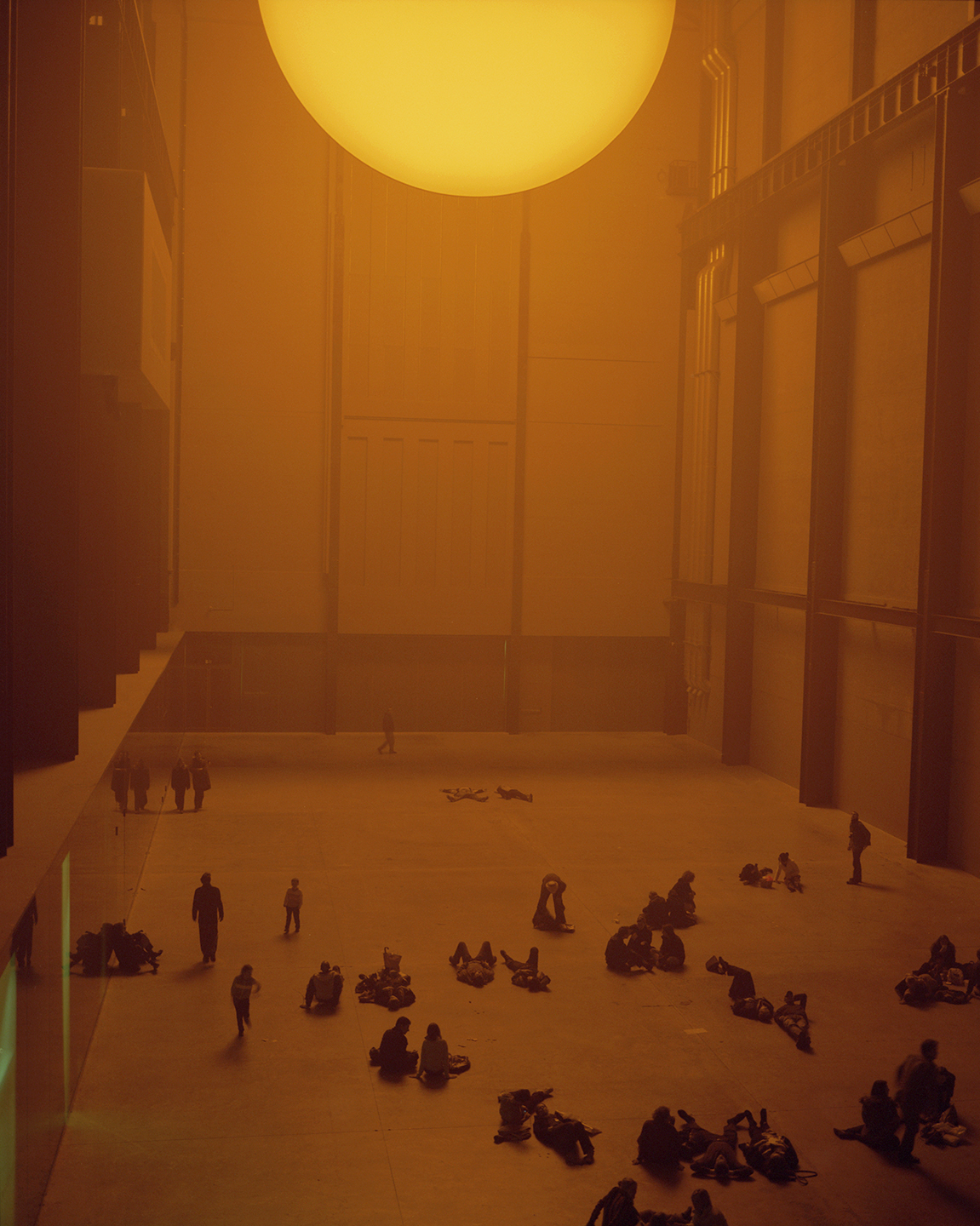
Tate Modern, London, 2003
